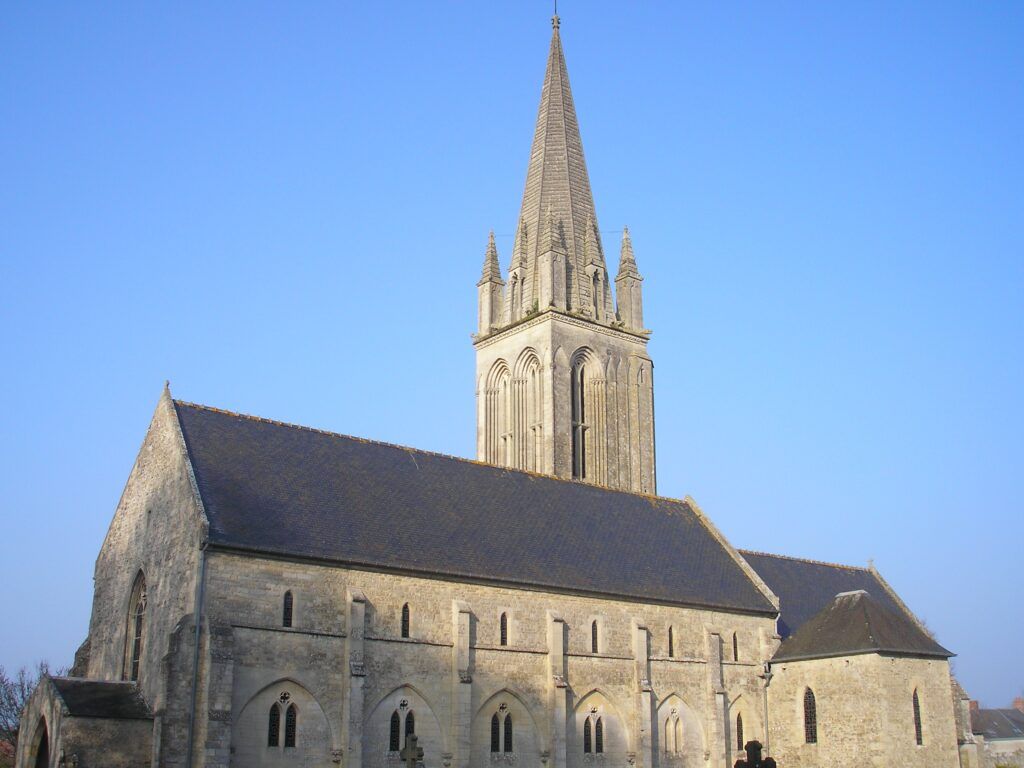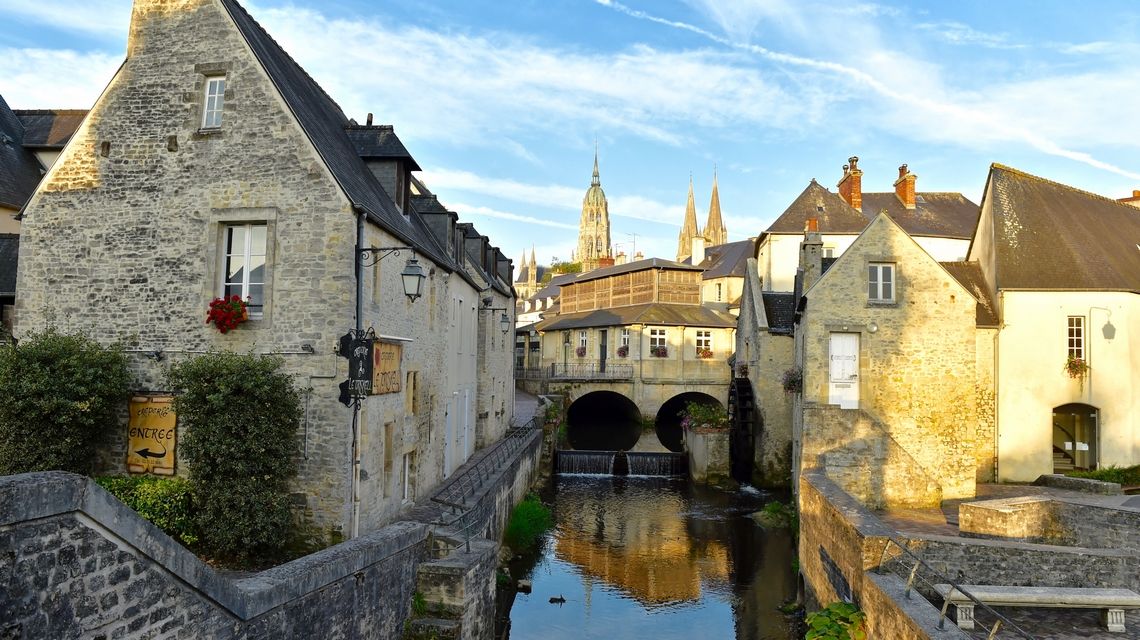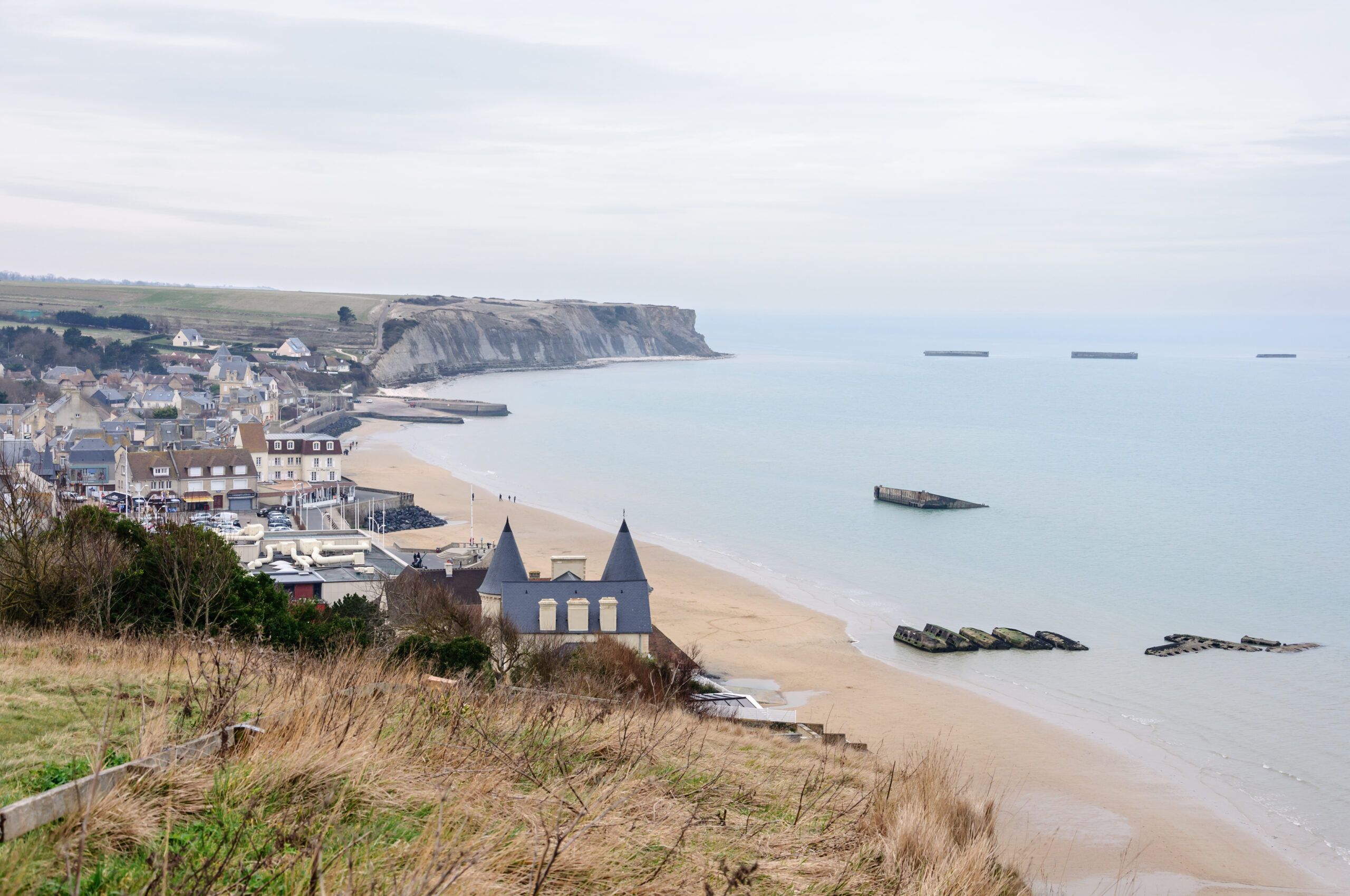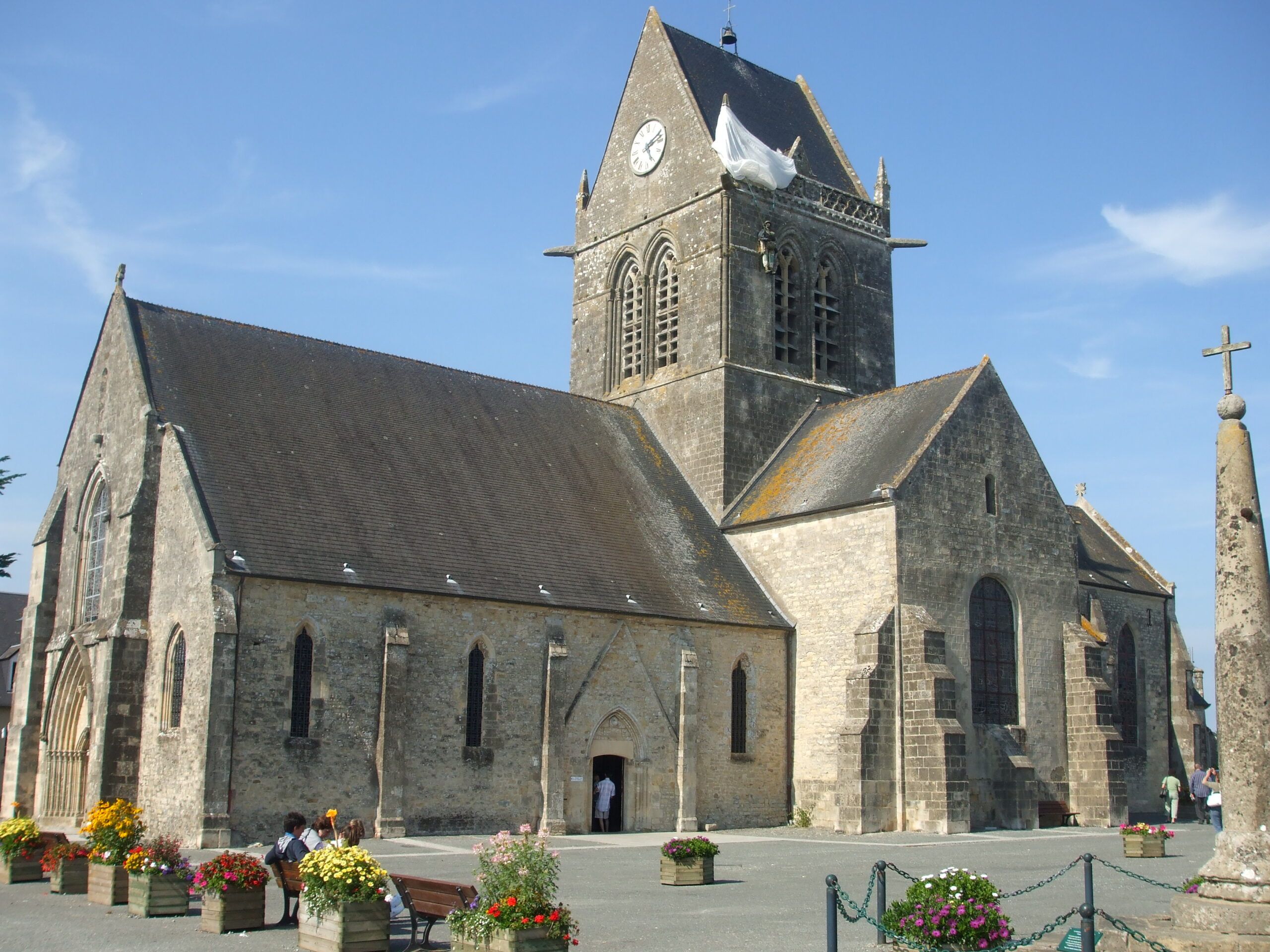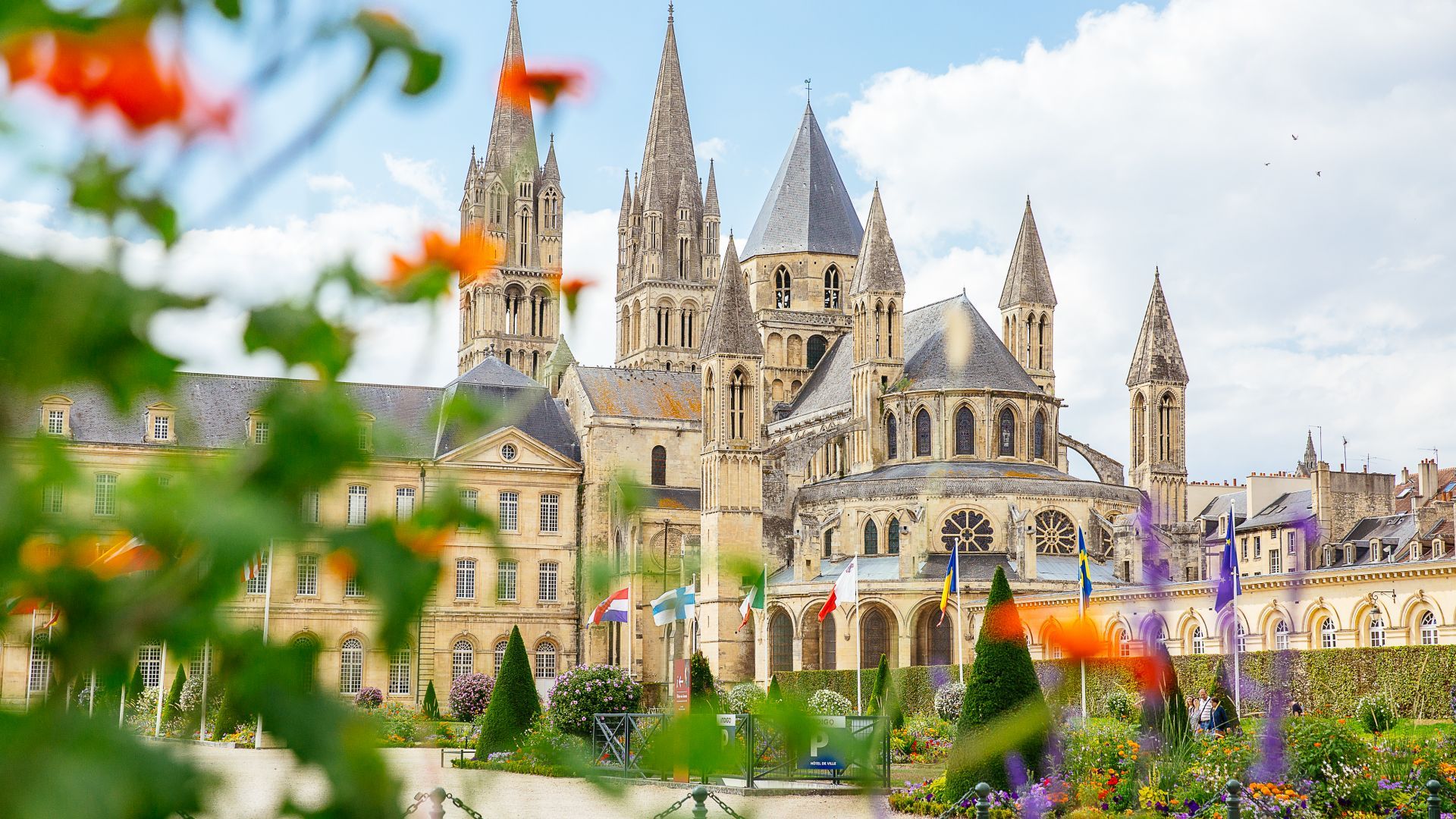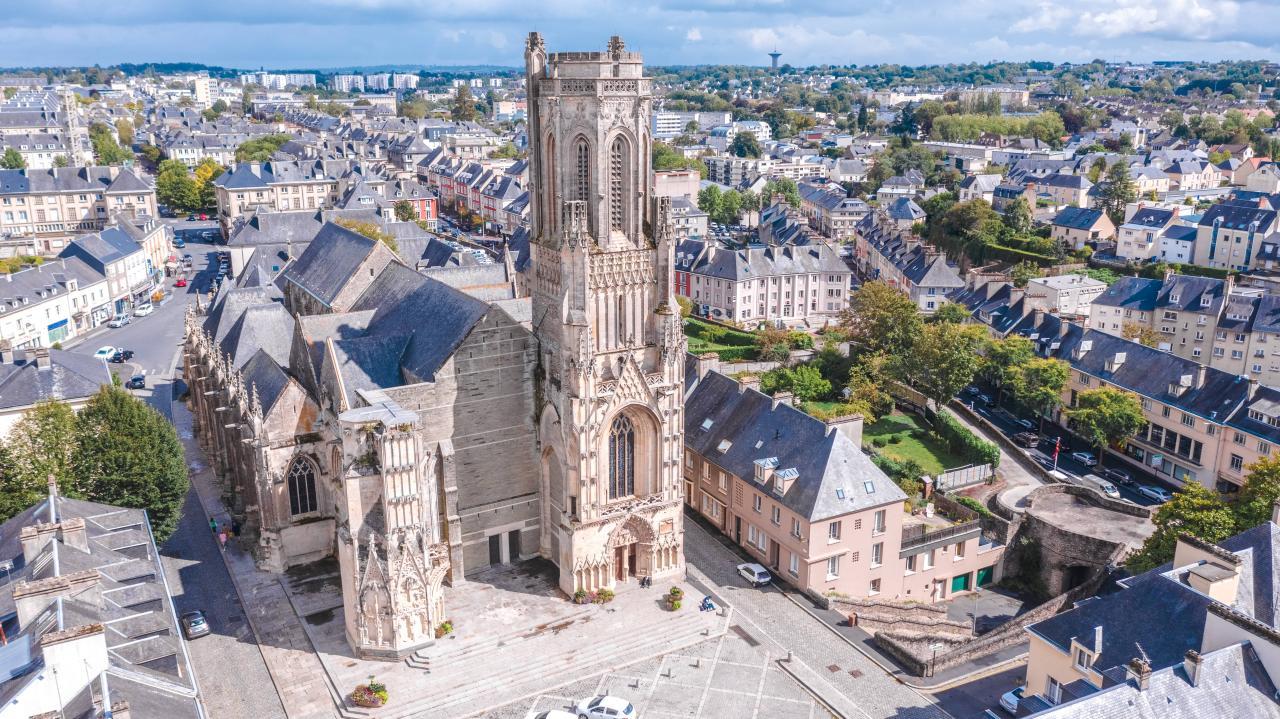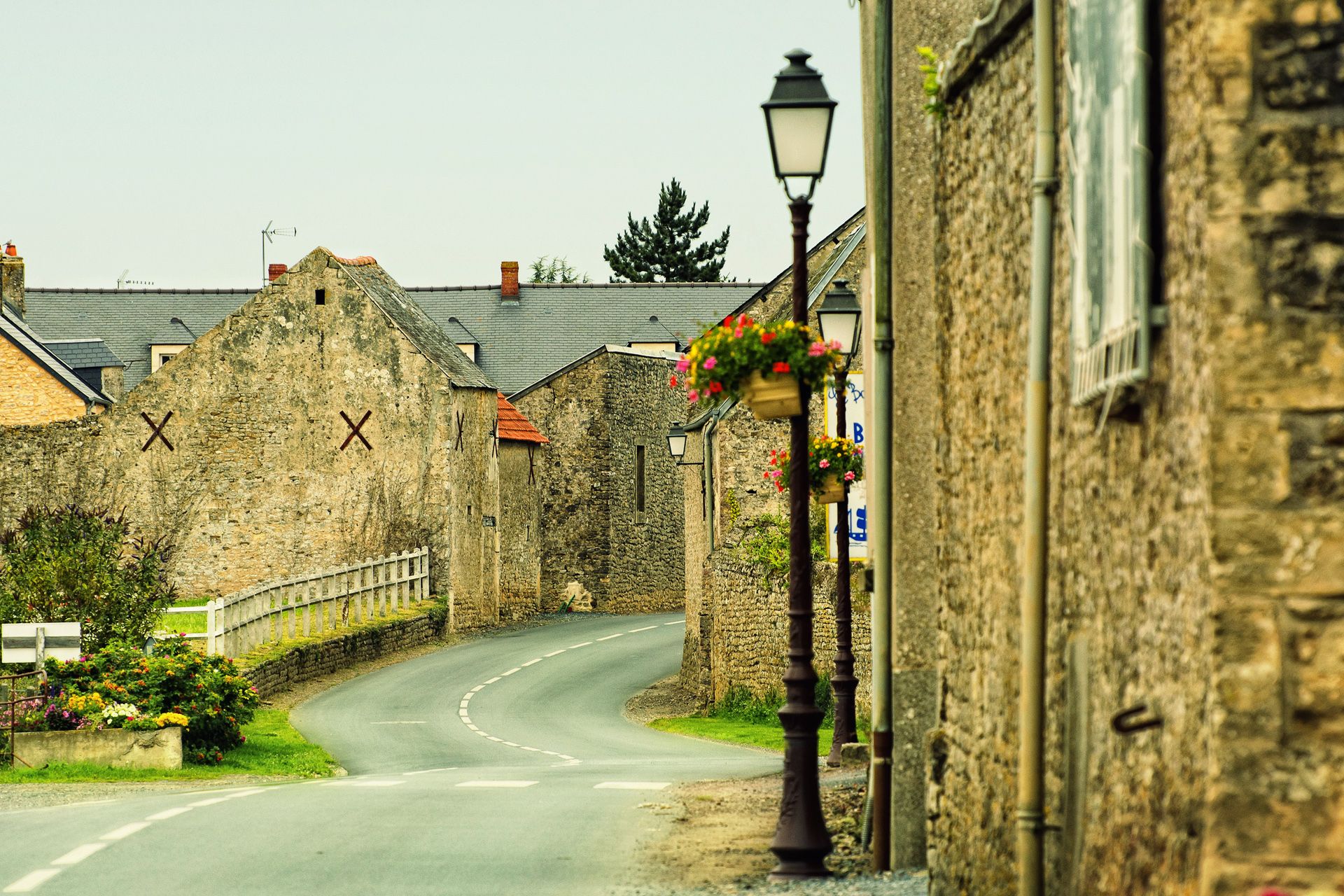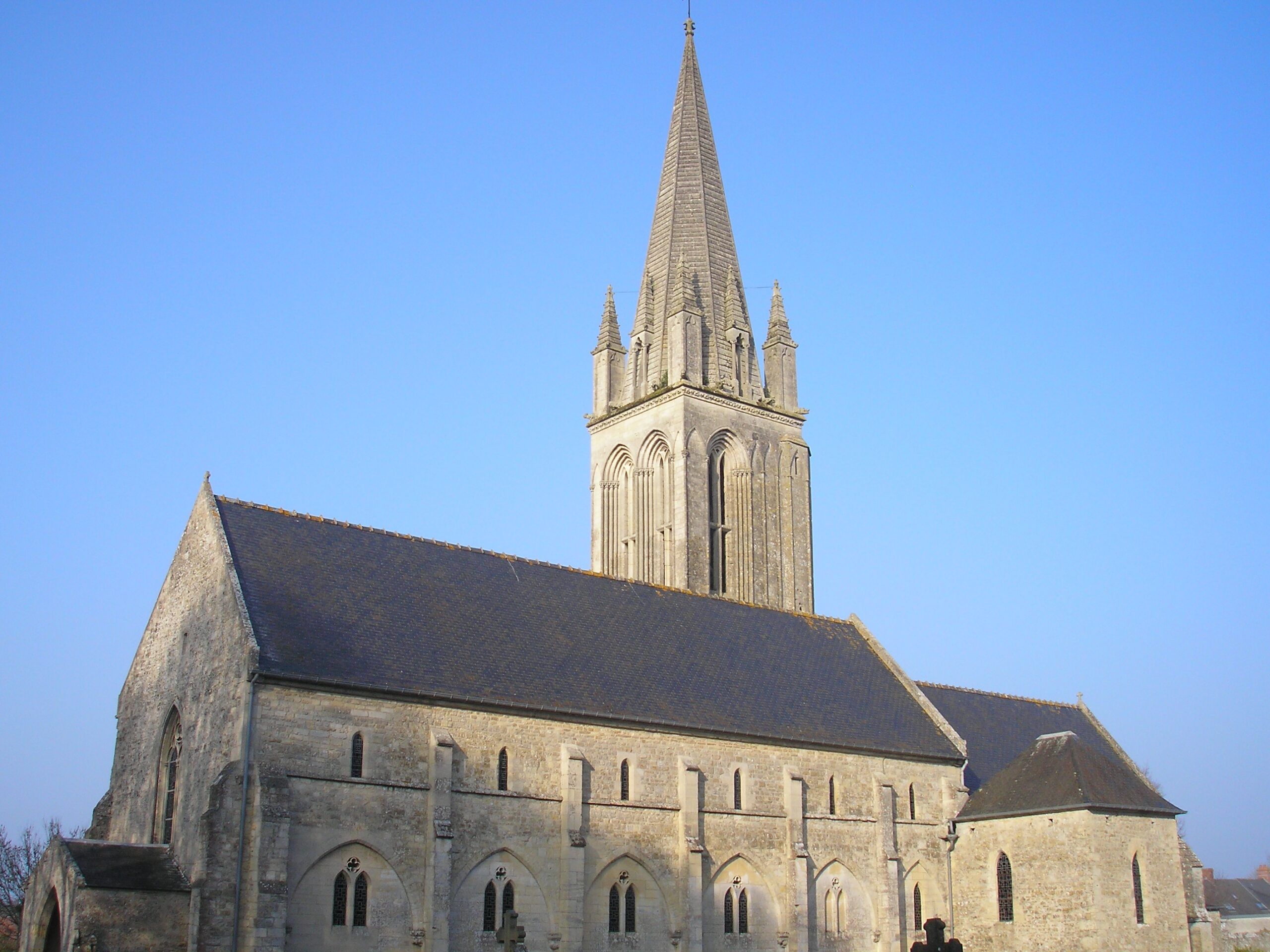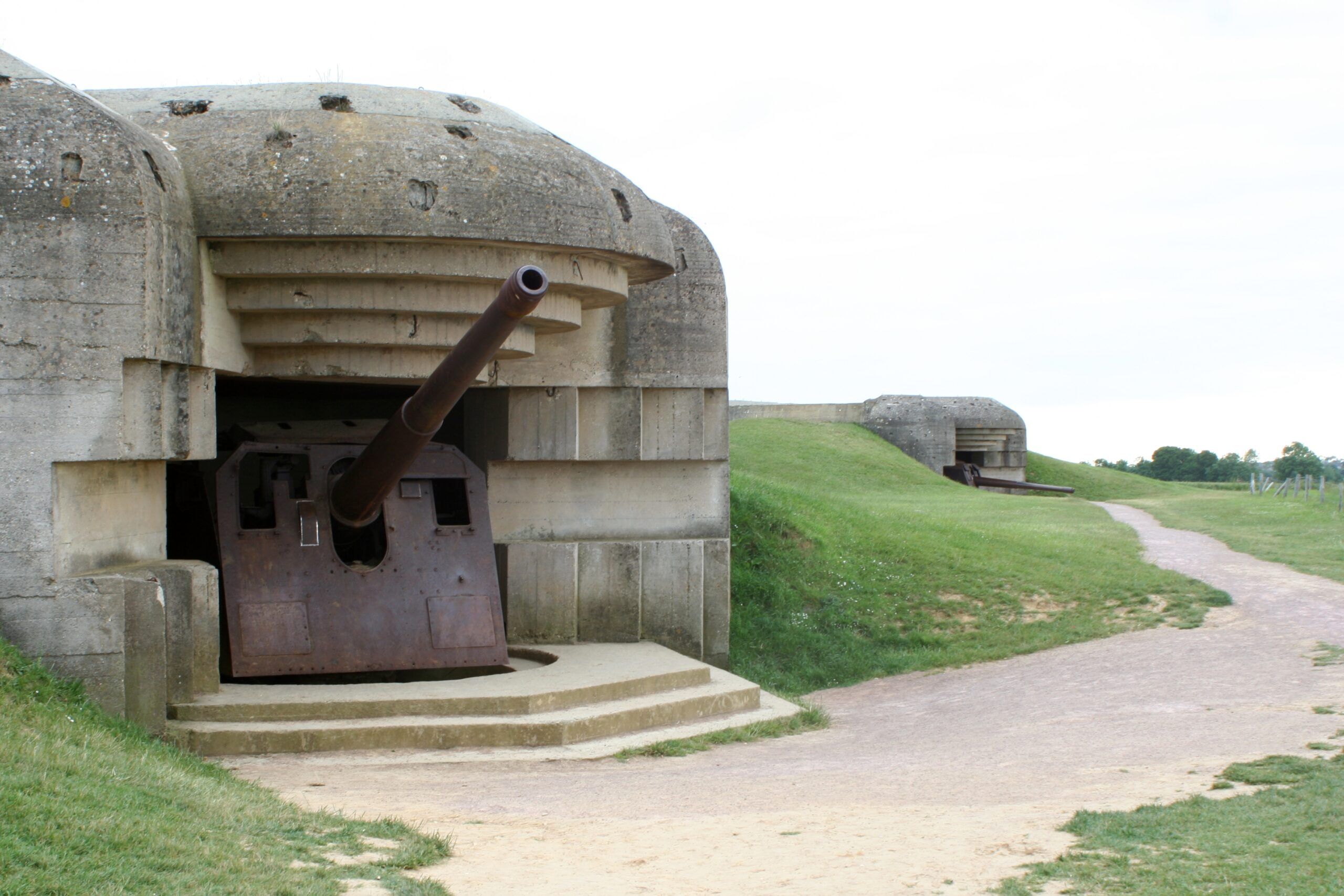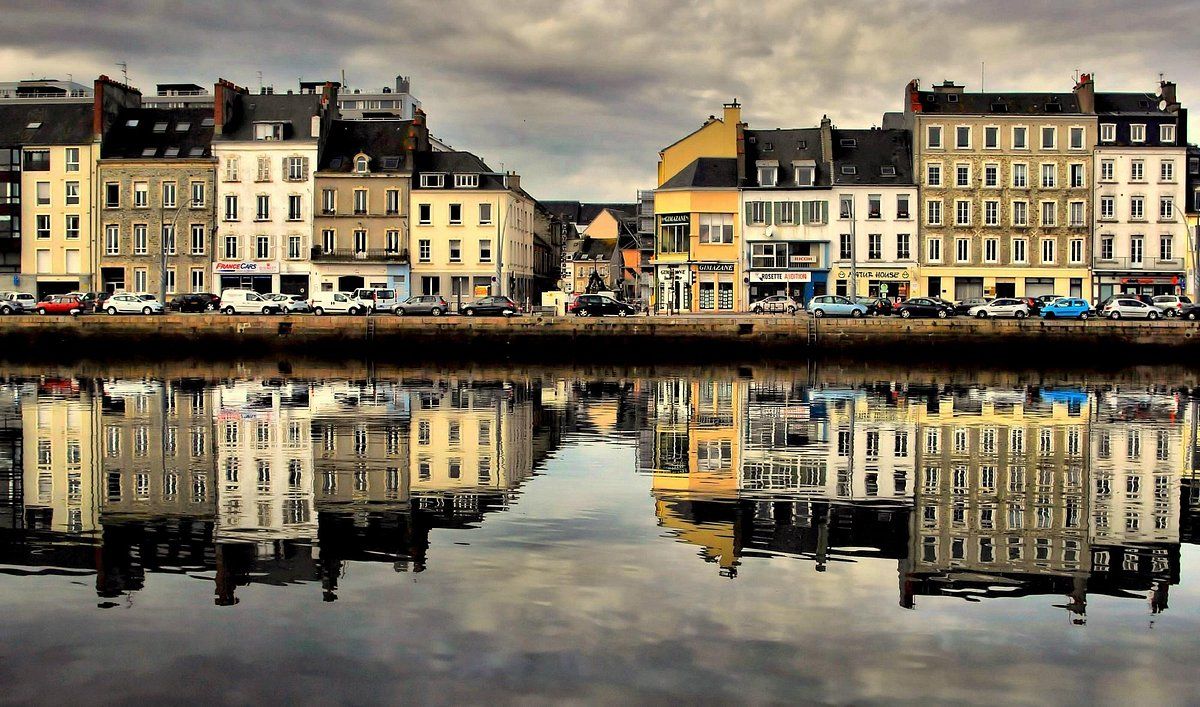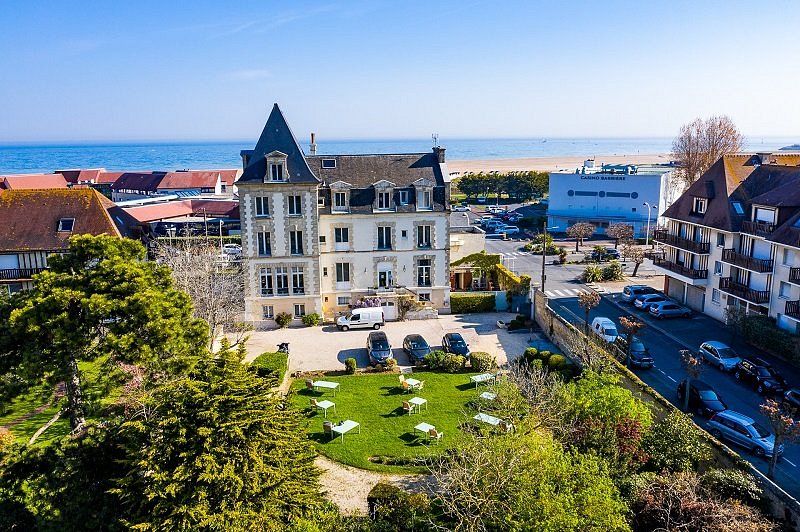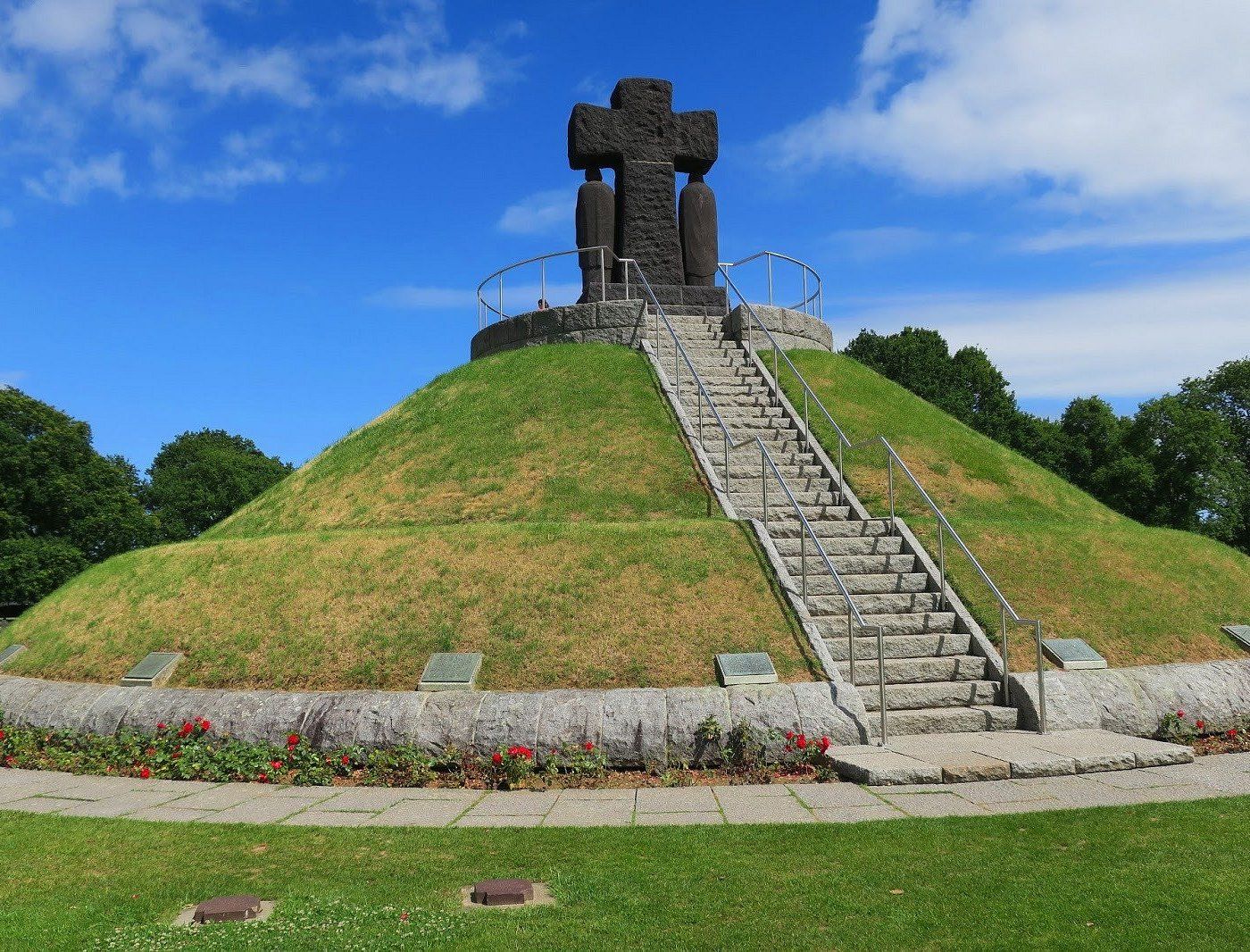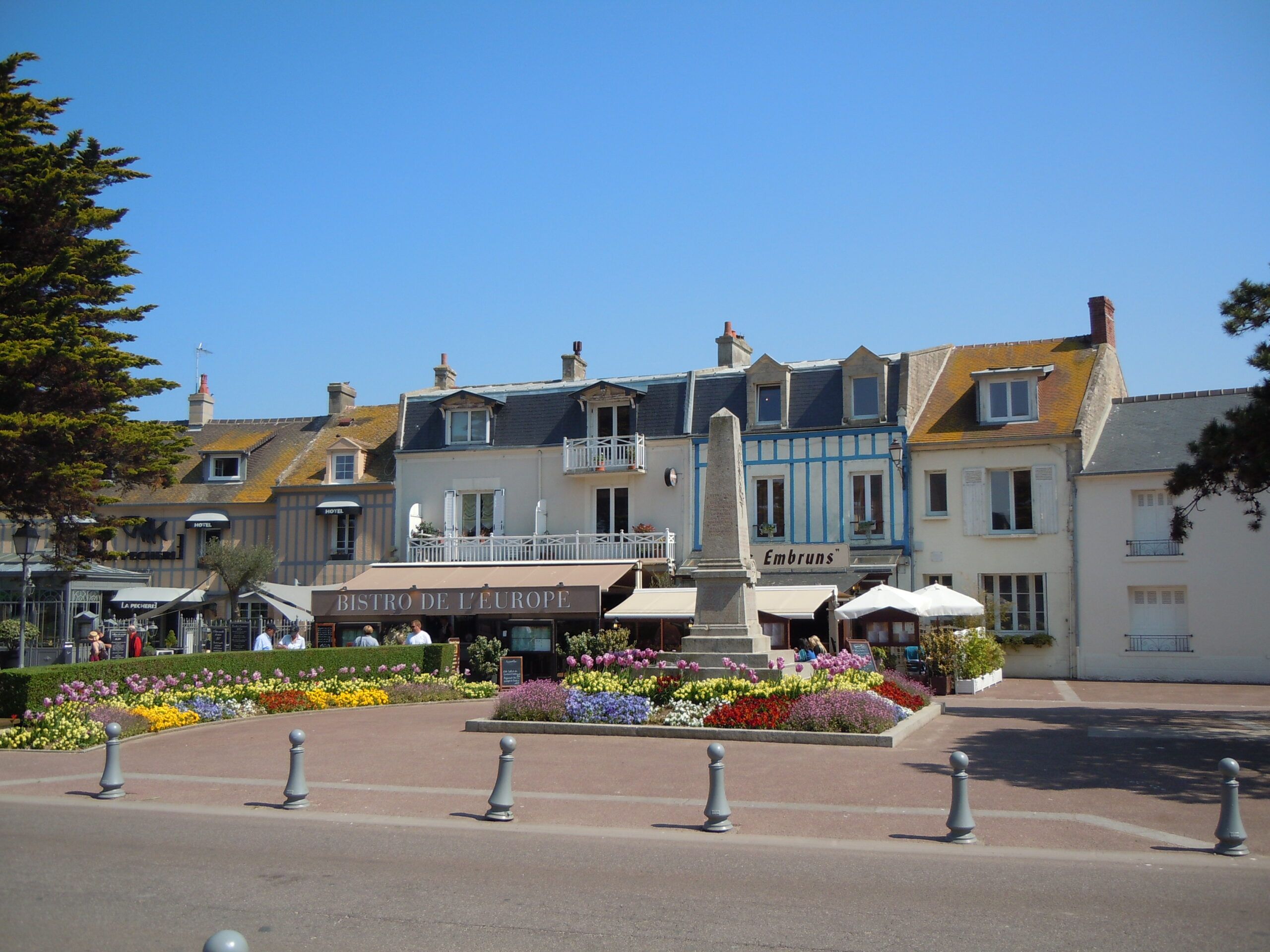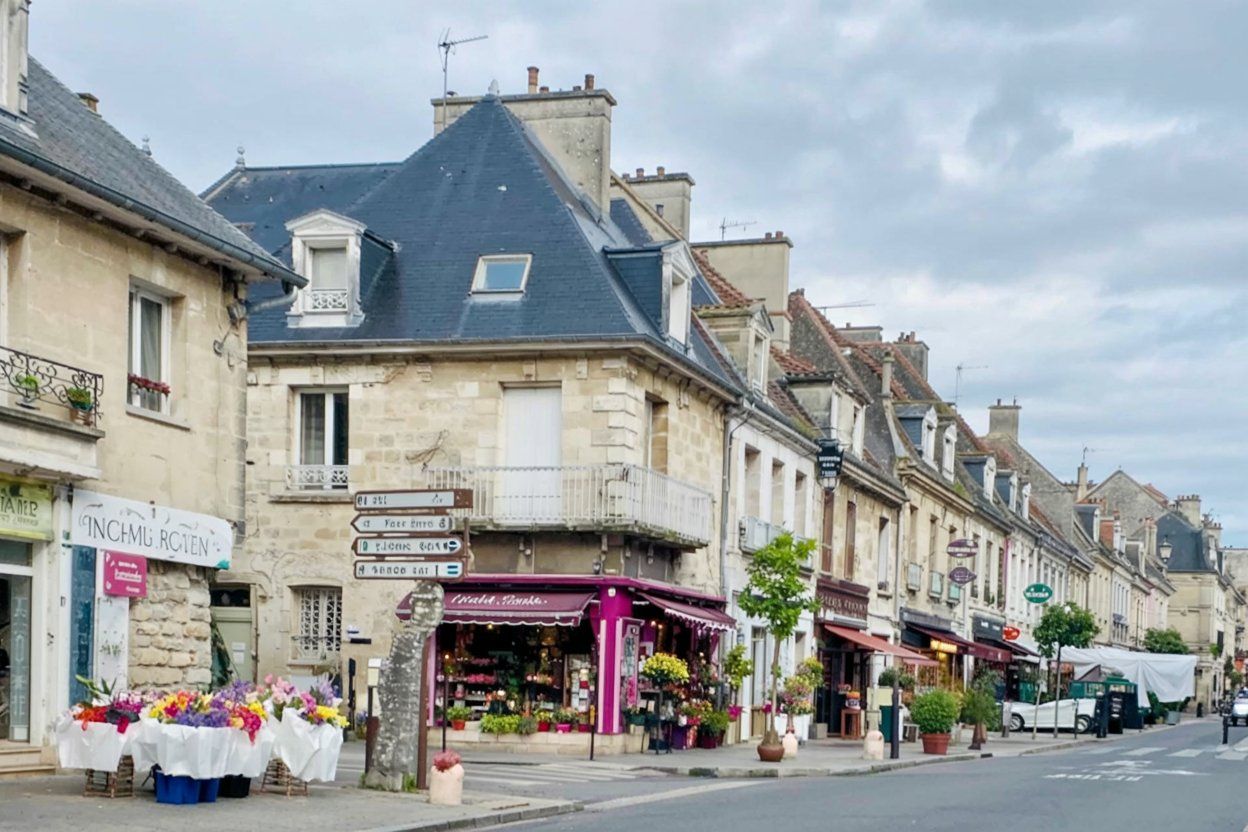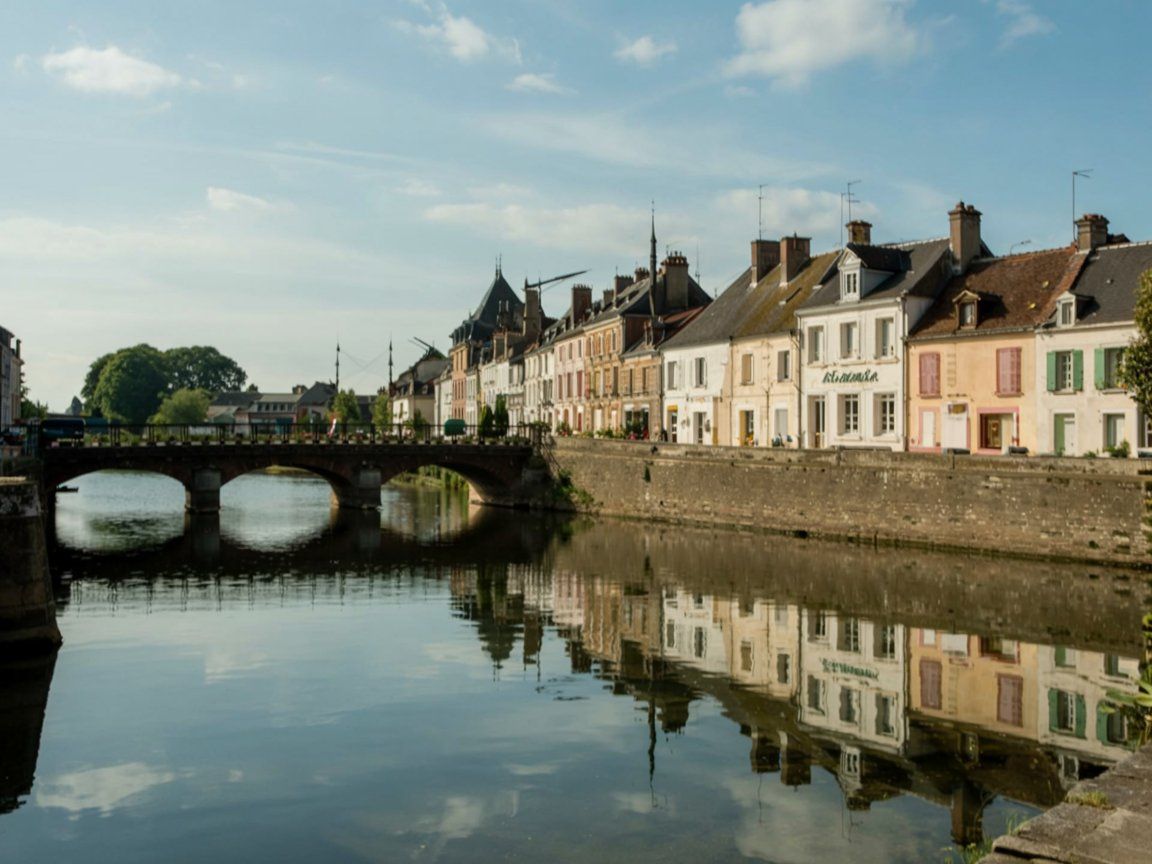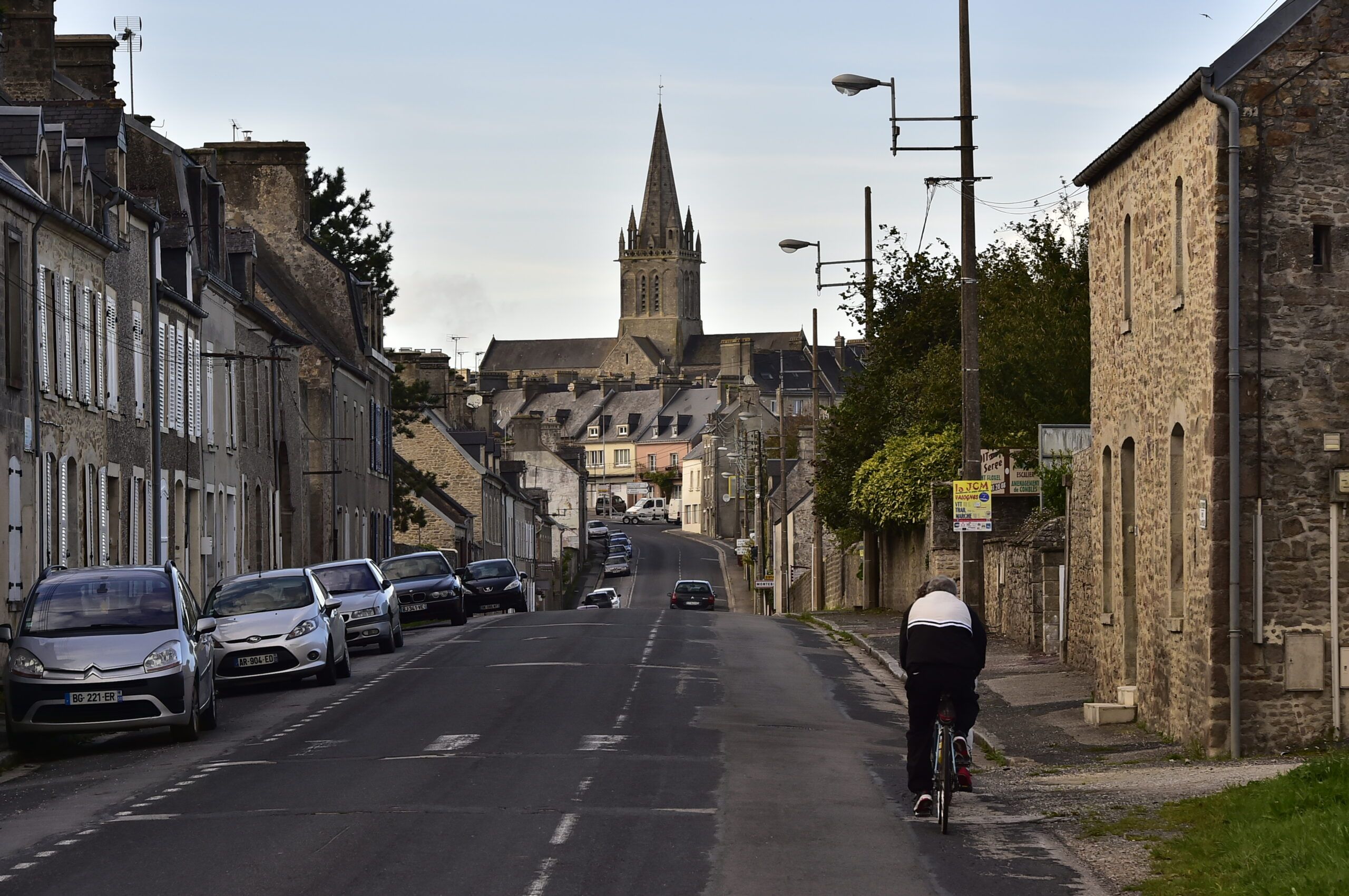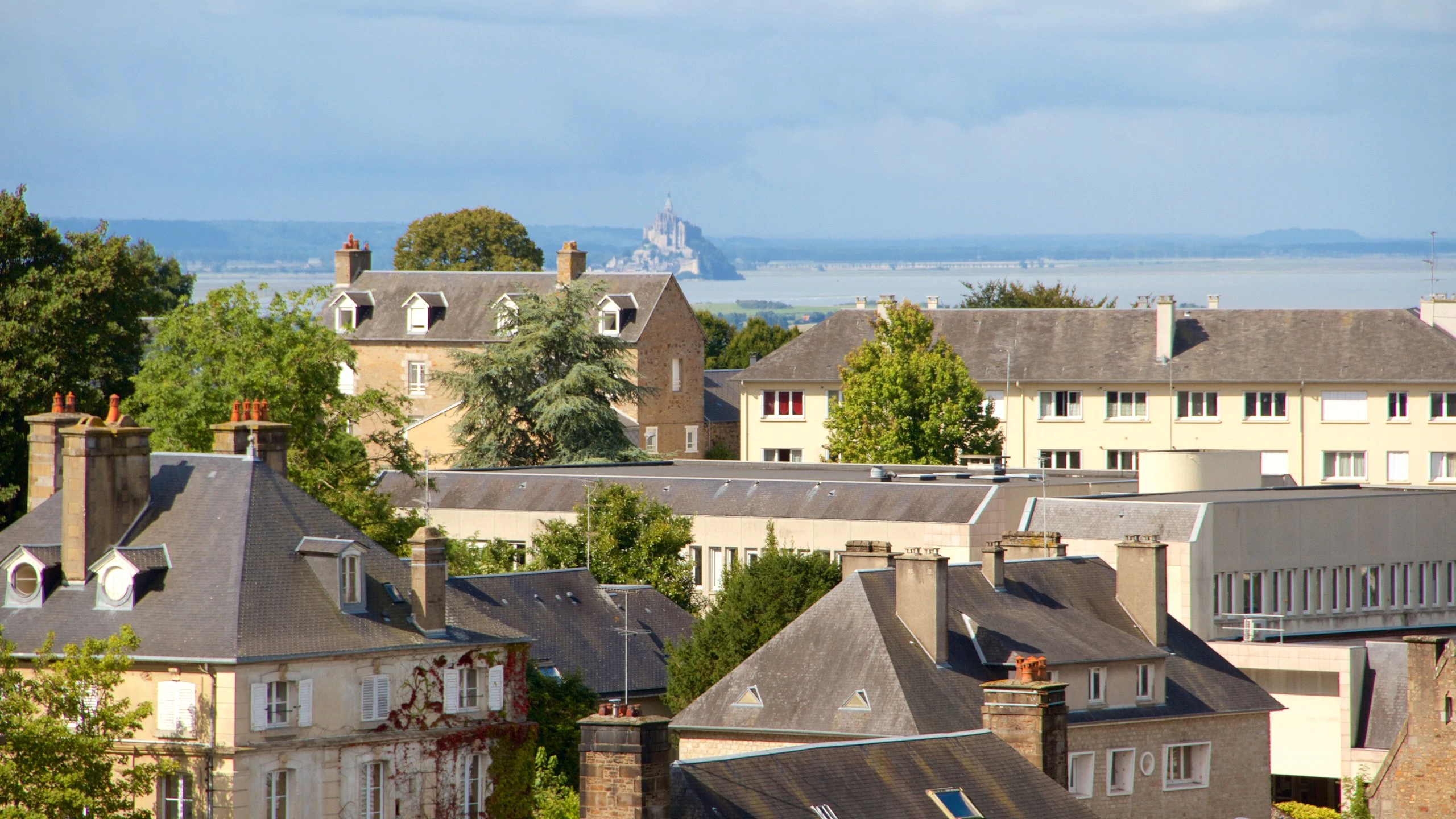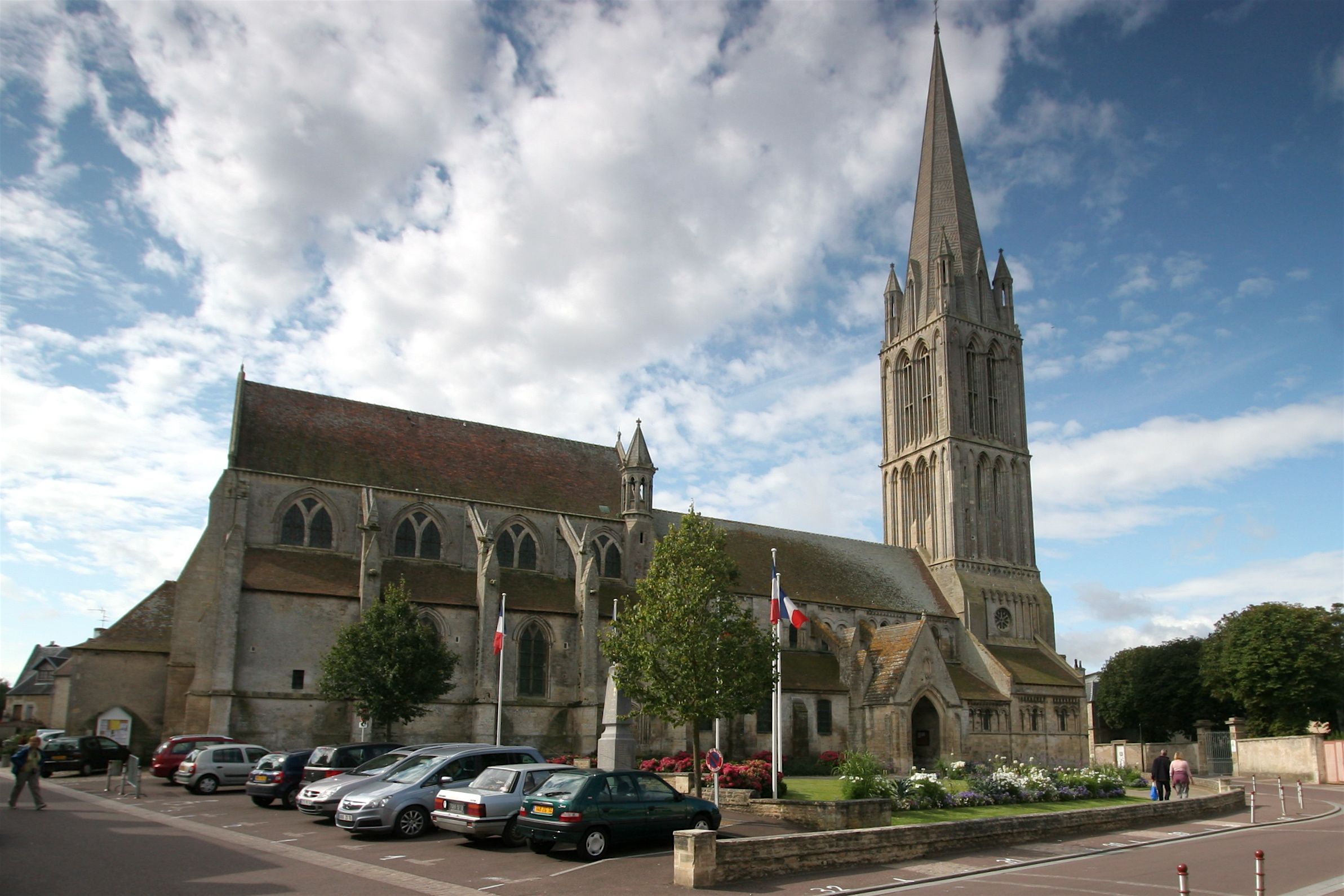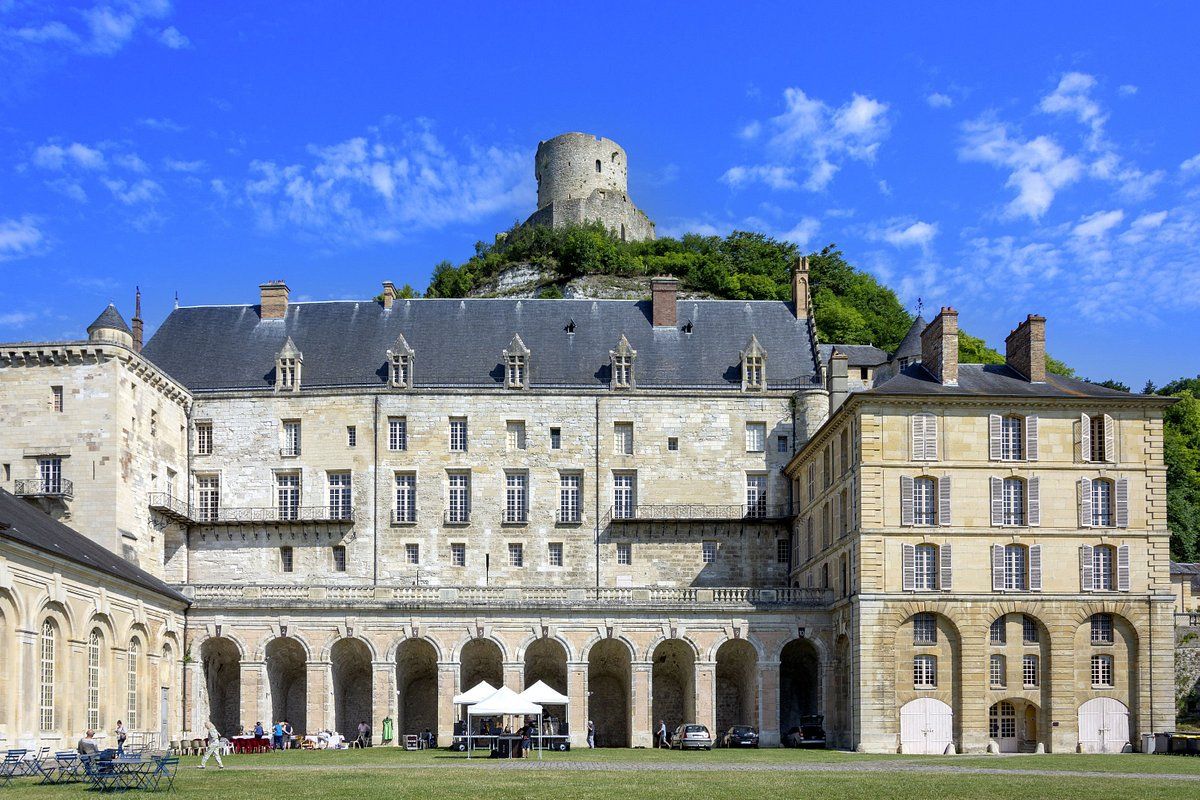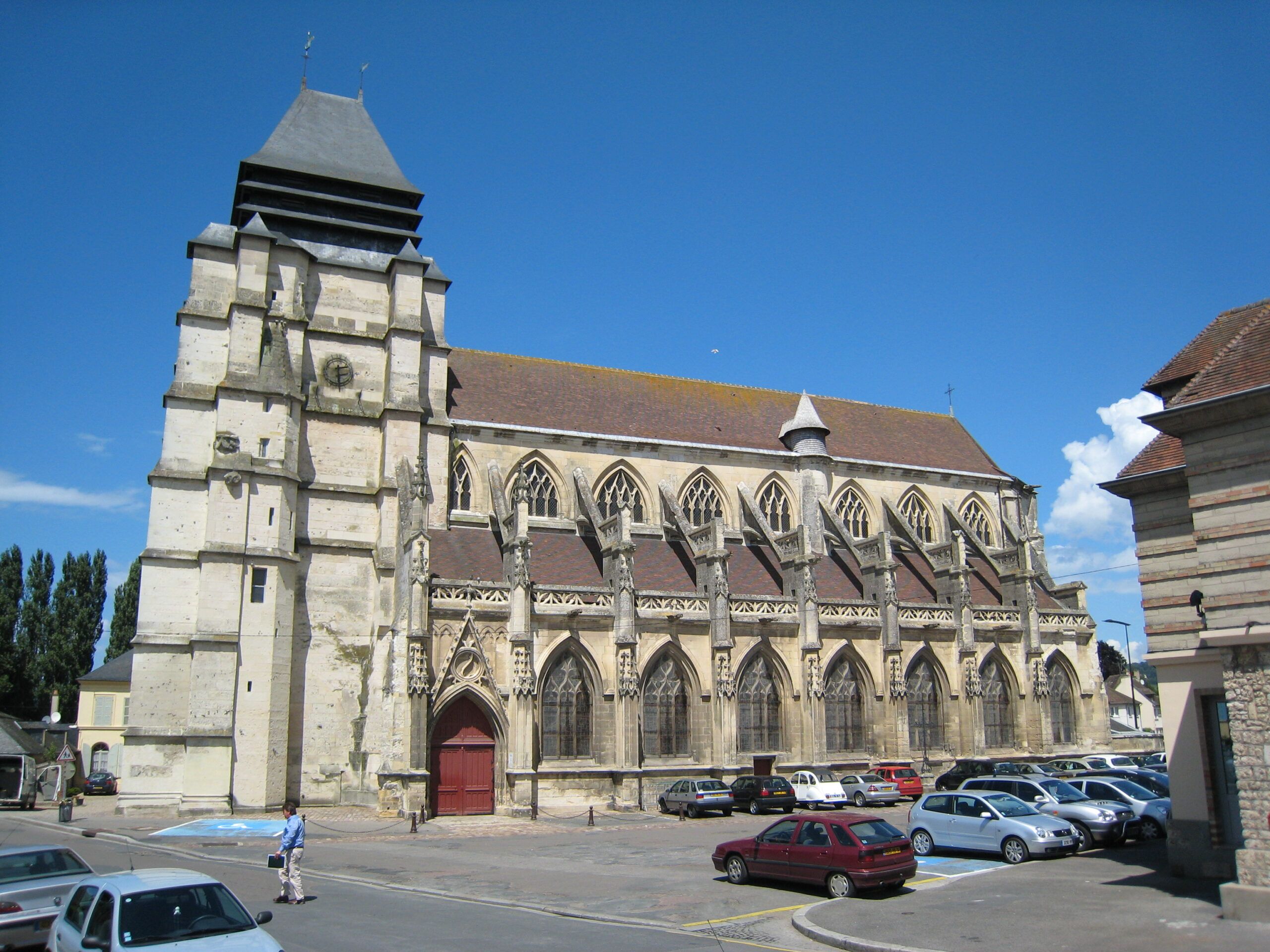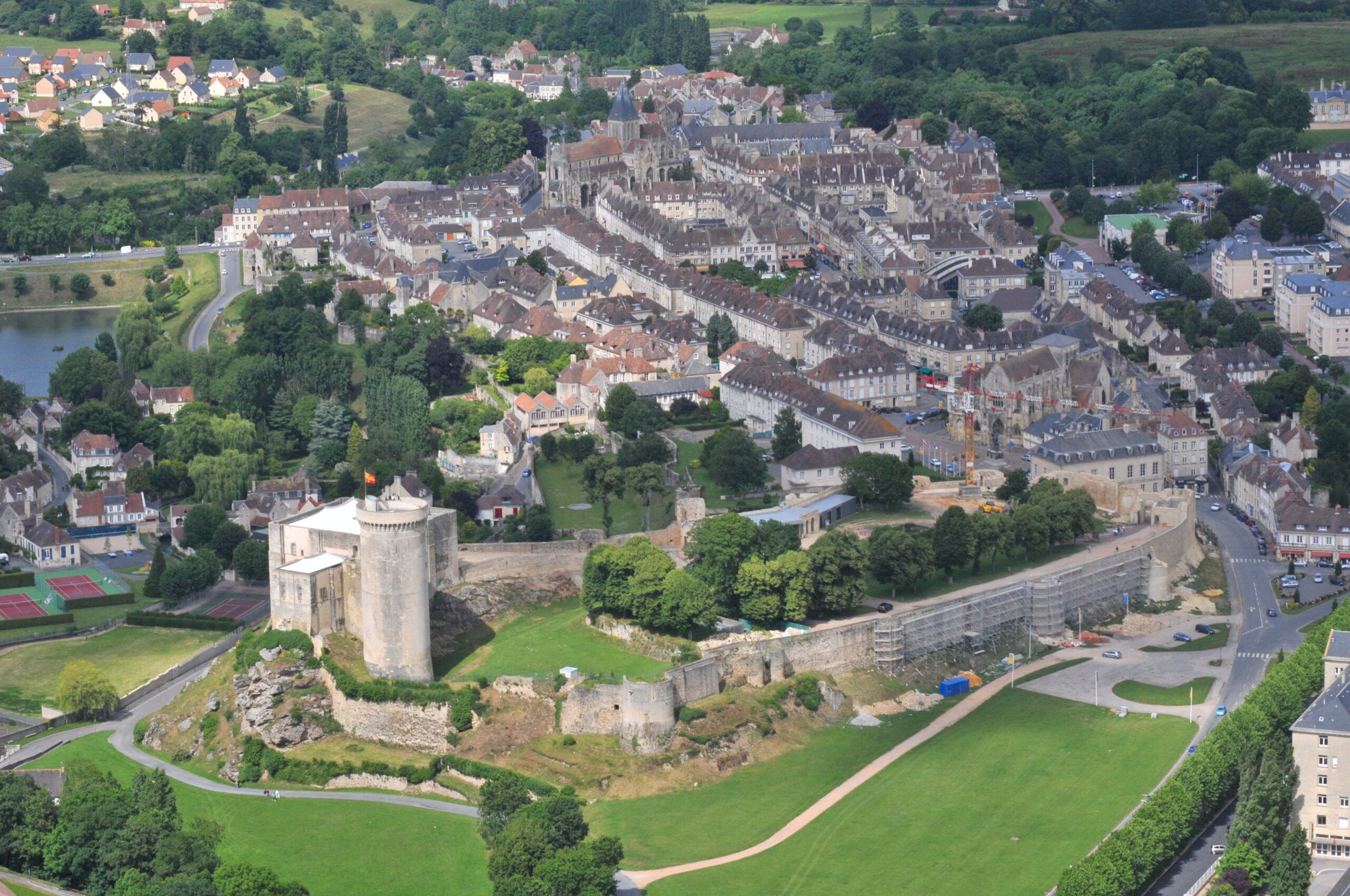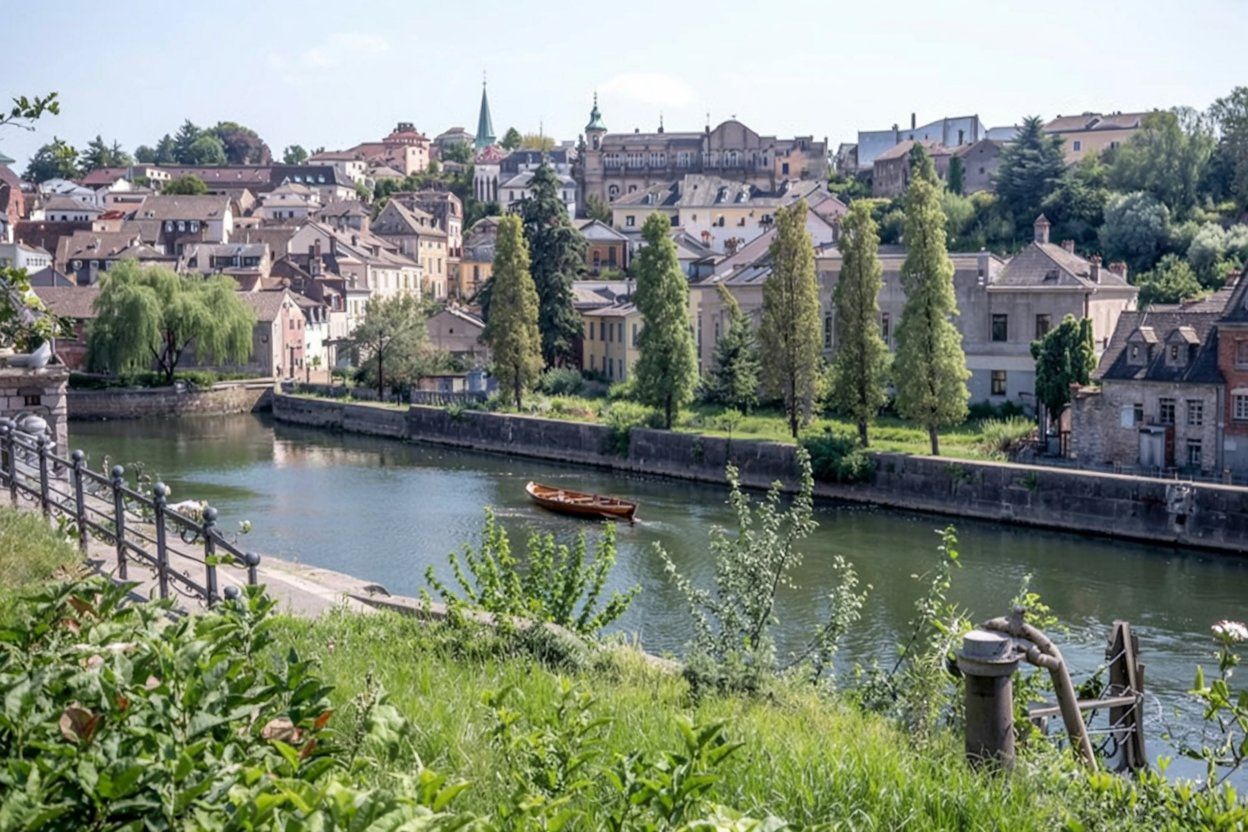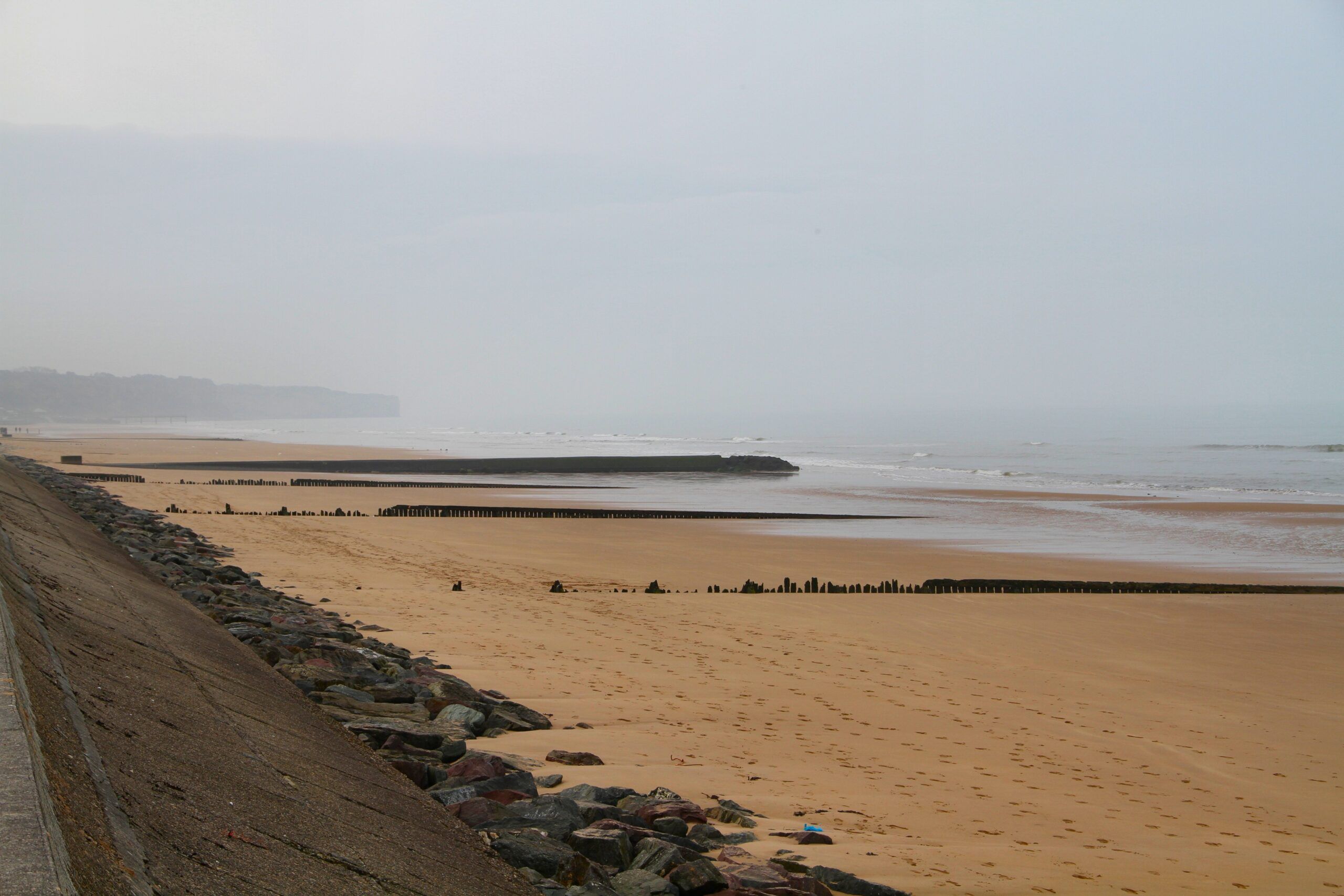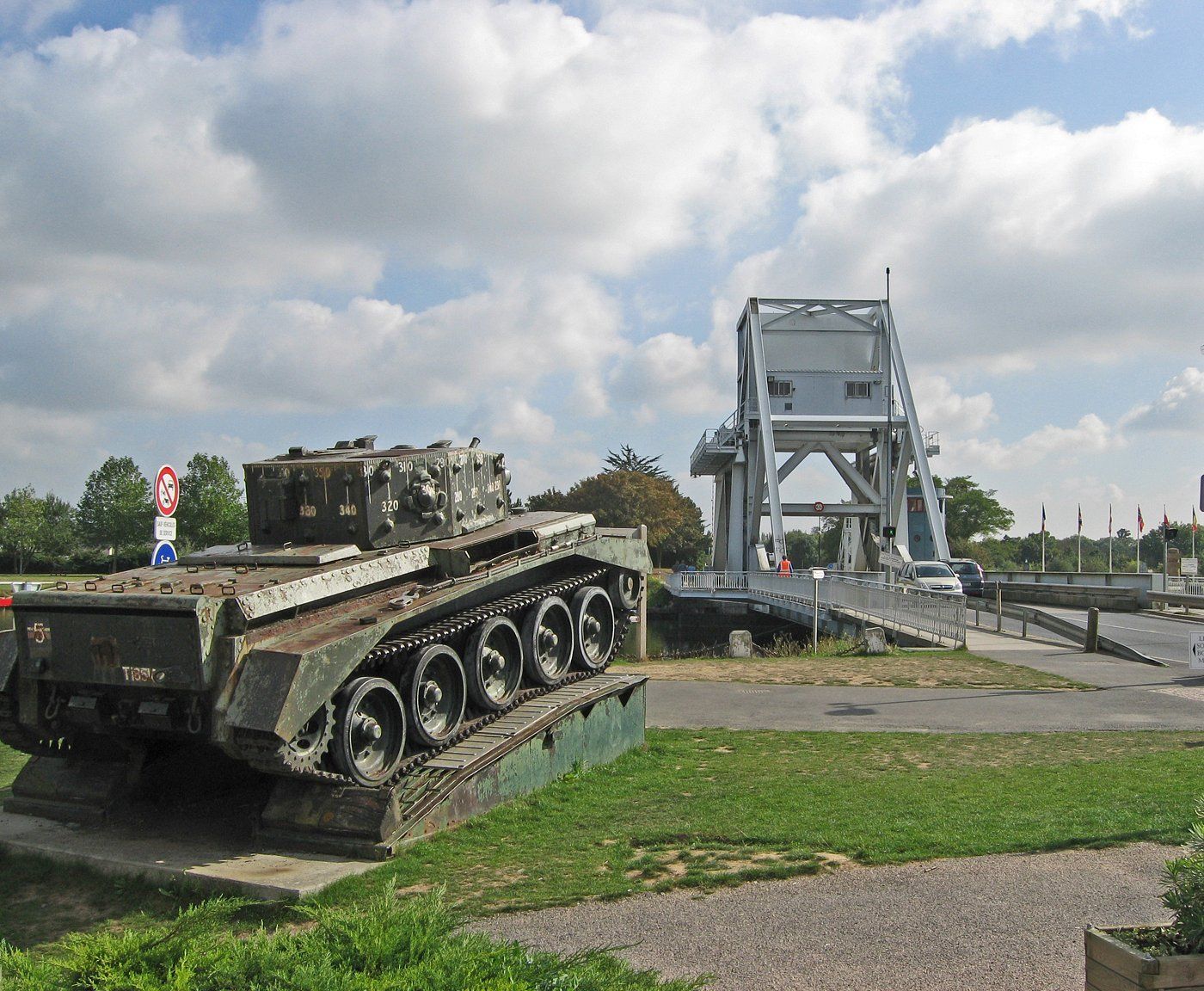Vierville-sur-Mer sits quietly along the Normandy coast, but its story is anything but ordinary. This small French town was right at the heart of the D-Day landings on June 6, 1944—specifically at Omaha Beach, where American troops faced fierce resistance. Today, you can walk among monuments like the US National Guard memorial and join the annual June 6th commemorations that honor the soldiers who fought here during Operation Overlord.
Visiting Vierville-sur-Mer, you’re literally tracing the footsteps of history. The town makes a great starting point for exploring all five D-Day beaches—Omaha, Utah, Gold, Juno, and Sword. Every stretch of sand has its own story about the Allied invasion that sparked the liberation of Western Europe.
Visit Recommended D-Day historic hotels and B&Bs along the invasion beaches.
But Vierville isn’t just about the past. The town offers a real taste of coastal Norman life. You’ll find guided tours that dive into both D-Day history and local culture. There’s this balance: a place marked by solemn history, yet still a peaceful, charming French village. Honestly, it’s worth lingering a bit longer than you might expect on your Normandy trip.
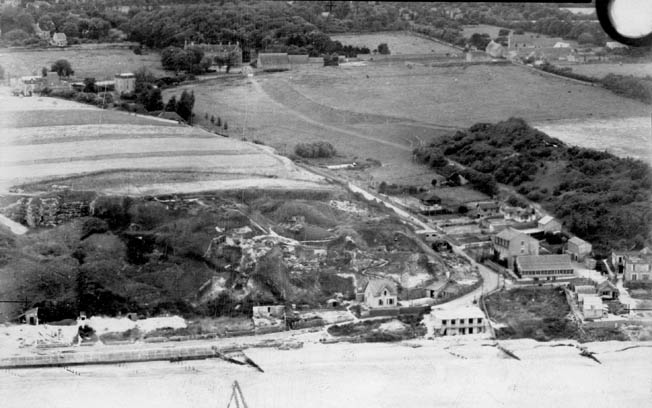
Historical Overview of Vierville-sur-Mer and World War II
Vierville-sur-Mer played a big part in World War II, especially during the D-Day landings on June 6, 1944. This small Norman coastal town became a focal point in one of the most significant military operations ever.
Vierville-sur-Mer’s Strategic Location
Vierville-sur-Mer sits right on the western end of Omaha Beach, which made it strategically important for the landings. The town overlooks a natural exit from the beach—a draw, or small valley—that Allied planners saw as a key access point to push inland.
German forces understood this too. They packed the area with concrete bunkers, gun emplacements, and beach obstacles. These defenses were part of Hitler’s “Atlantic Wall,” built to stop any Allied invasion.
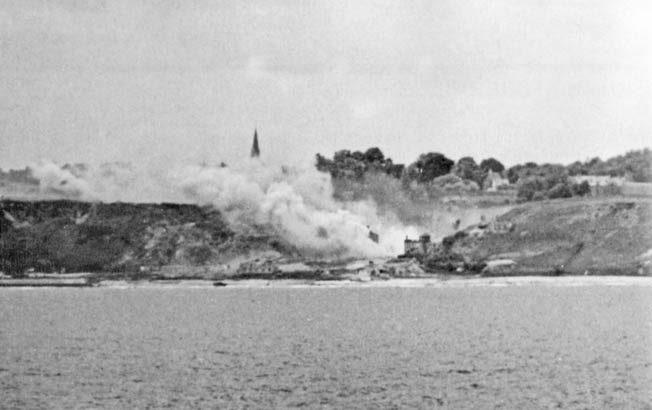
The town’s elevated position gave defenders a clear view of anyone approaching from the sea. This topography turned Vierville into a tough—and deadly—defensive spot for American troops on D-Day.
Pre-D-Day History of the Town
Long before the war, Vierville-sur-Mer was a quiet fishing and farming community. The town’s roots go back to medieval times, and its church still shows off 12th-century architecture.
World War I left Vierville mostly untouched, unlike areas near the Western Front. Between the wars, life stayed simple—stone farmhouses, small fields, and the rhythm of Norman country life.
Everything changed in 1940 when Germany occupied France. The German military took over the coastline and started building defenses. Locals lived with curfews, rationing, and the constant shadow of occupation forces.
Normandy and the Allied Invasion
On June 6, 1944, Vierville-sur-Mer became part of “Omaha Beach”—one of five landing zones for Operation Overlord. American forces, mainly from the 29th and 1st Infantry Divisions, got the job of capturing the town.
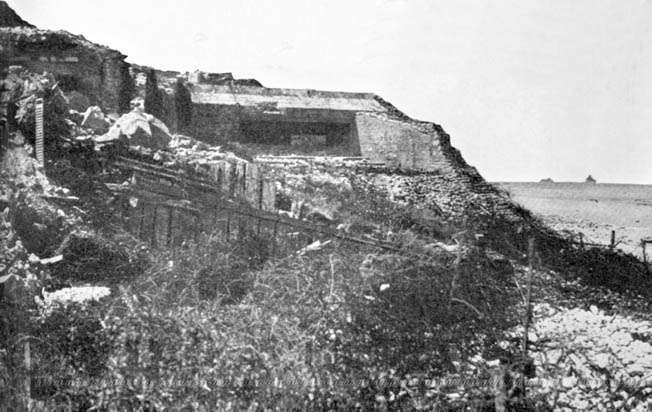
The landings at Vierville were some of the bloodiest of D-Day. Strong German defenses and rough seas led to heavy American losses. The 116th Infantry Regiment took devastating fire as they tried to reach the beach exit at Vierville.
By nightfall, American forces had a shaky hold on Vierville-sur-Mer. The fighting dragged on in and around the town for days. The struggle here really reflected the wider chaos of Omaha Beach.
The town’s liberation came at a huge cost. Today, you’ll find monuments and markers all over Vierville, honoring the courage of those who fought here.
Significance of D-Day and Omaha Beach
Omaha Beach played a huge role in the Allied push to free Nazi-occupied Europe. What happened here on June 6, 1944, changed the course of World War II—and really, modern history itself.
June 6, 1944: The Normandy Invasion
D-Day, launched on June 6, 1944, was the largest combined military operation in history. Over 156,000 American, British, and Canadian troops landed on five beaches along Normandy’s coast. Omaha Beach, stretching almost 6 kilometers, was one of two American landing zones.
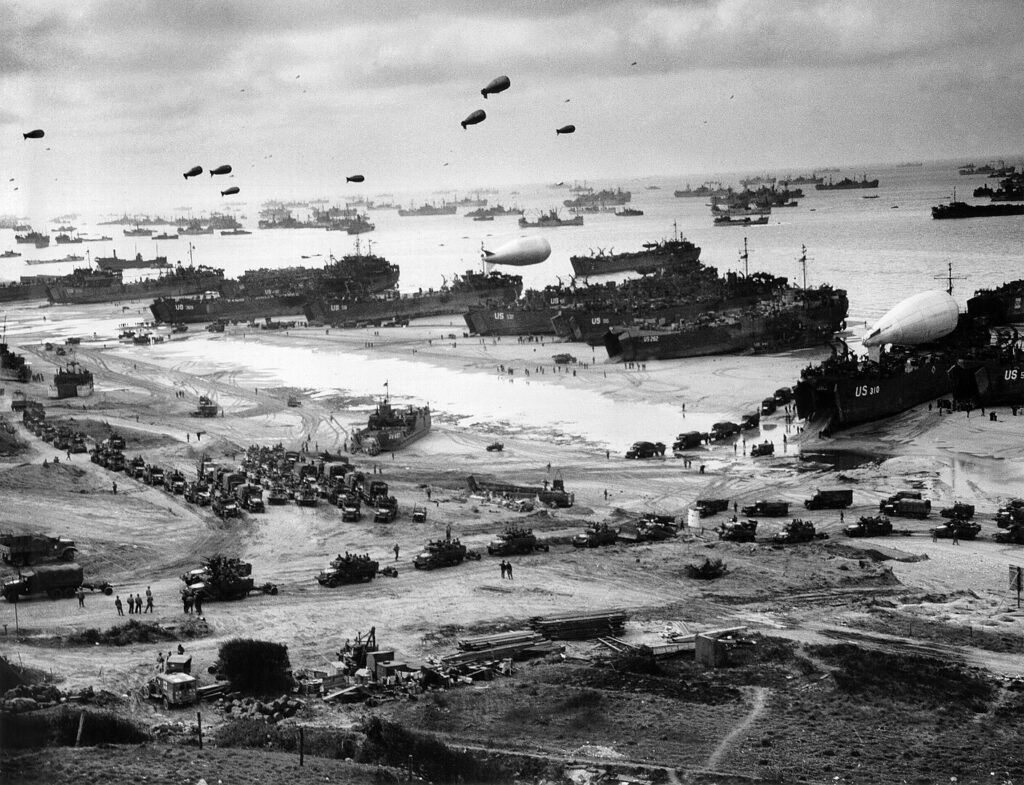
The invasion started before dawn. Paratroopers dropped behind enemy lines, and a massive naval armada crept toward shore. At 6:30 am, the first American troops hit Omaha Beach. They walked straight into a storm of German fire from bunkers on the bluffs.
Many landing craft missed their marks because of strong currents and navigation mistakes. Soldiers arrived seasick, disoriented, and under heavy fire. Still, by nightfall, the Americans had managed to carve out a foothold on Omaha Beach.
Key Sectors: Dog Green, Dog White, Dog Red, Easy Green
Omaha Beach was split into sectors with code names to help organize the chaos. Each one had its own challenges and stories.
Dog Green – Right by Vierville-sur-Mer, this sector saw some of the worst casualties. The first wave ran into brutal German fire from fortified positions. Many from the 29th Infantry Division died within minutes.
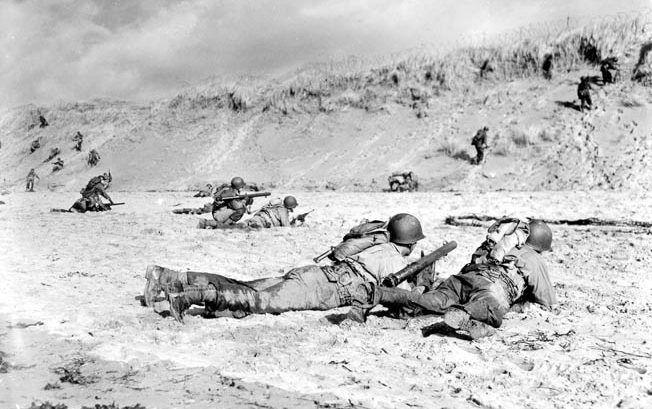
Dog White and Dog Red – These middle sectors took heavy losses early on. But small groups managed to push up the bluffs and break through.
Easy Green – The eastern sector, where engineering teams worked to clear obstacles, all while under fire.
By midday, determined soldiers had climbed the cliffs and started knocking out German positions. The sectors slowly linked up as troops moved inland.
German Resistance and Battles
German defenders had turned Omaha Beach into a nightmare. Machine gun nests, artillery, and minefields covered every approach. The 352nd Infantry Division—a tough, experienced unit—put up a fierce fight.
Concrete bunkers held weapons aimed right at the incoming troops. German gunners had already set their sights on the beach approaches, creating deadly crossfire that pinned Americans down.
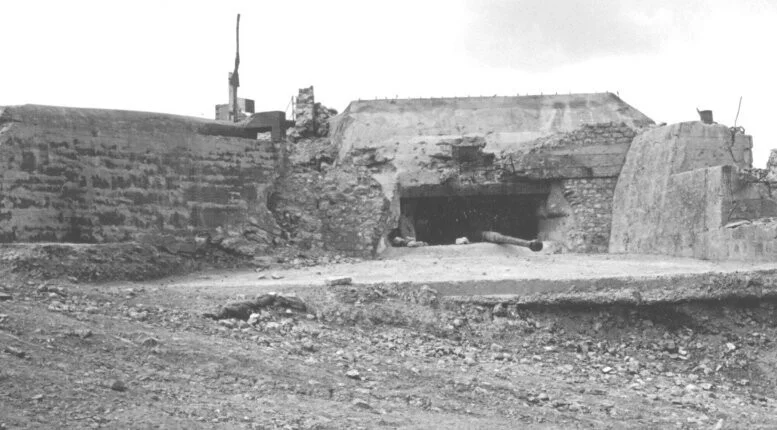
By noon, small groups of Americans found ways up the bluffs between German strongpoints. They attacked the enemy from behind and finally established a foothold.
Omaha Beach cost the Americans over 2,000 casualties. The place earned the nickname “Bloody Omaha.” Yet, by nightfall, through raw courage and sacrifice, the Americans had secured their ground and kicked off the liberation of Europe.
American and Allied Forces at Vierville-sur-Mer
Vierville-sur-Mer was a key landing spot for Americans during D-Day. The town saw brutal fighting as U.S. troops tried to secure a beachhead against determined German resistance.
Landing Units: 116th and 16th Infantry Regiments
The 116th Infantry Regiment of the 29th Infantry Division landed right at Vierville-sur-Mer. These soldiers took heavy fire from German positions on the bluffs above. A lot of landing craft missed their targets because of strong currents and smoke.
The 16th Infantry Regiment from the 1st Infantry Division landed to the east. Their job was to clear the beach exits and push inland. Both regiments suffered heavy losses during the first assault.
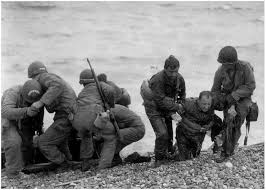
Bad weather and rough seas made things worse. Men slogged through chest-deep water, weighed down by gear. German defenses—bunkers, machine guns, and artillery—targeted the narrow beach exits.
Still, elements from both regiments eventually broke through and started moving inland by midday.
Company E and Company A
Company E of the 116th Regiment took some of the worst casualties. Nearly 70% were hit in the first few minutes. Their landing craft dropped them right in front of German bunkers.
Company A had it just as tough. Their officers were killed almost immediately, and the survivors had to organize themselves under relentless fire. The few who made it to the seawall still had to breach obstacles while dodging bullets.
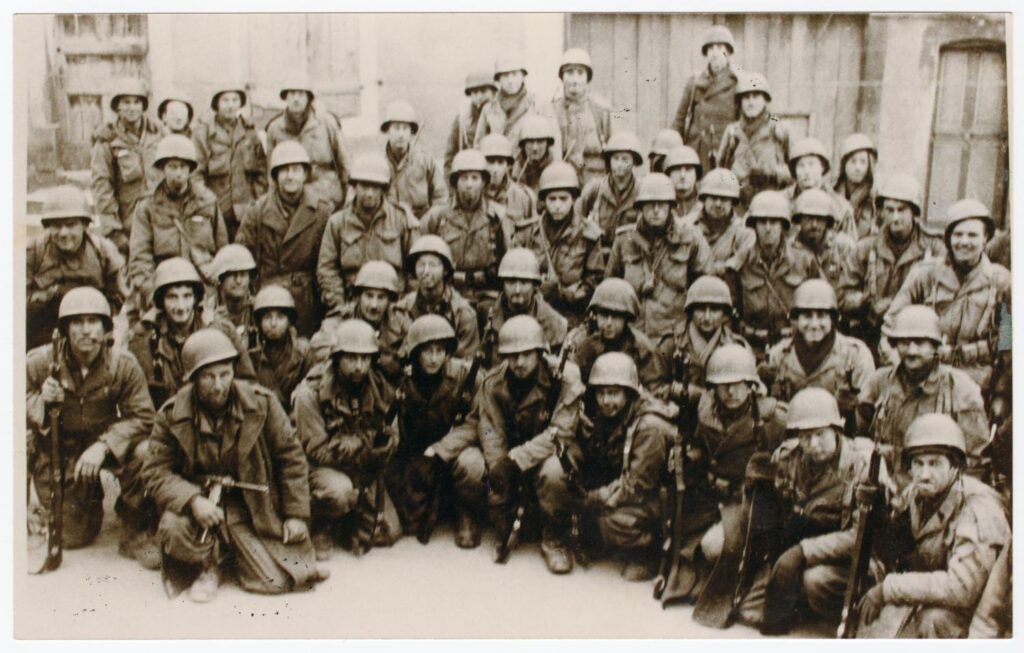
You’ll find memorials to these companies near the beach access points. Their courage became legendary, and several soldiers received posthumous medals for their actions.
Survivors from both companies eventually came together to clear paths off the beach for later waves.
5th and 2nd Ranger Battalions
The 5th and 2nd Ranger Battalions had a tough mission. Their main job was to scale the cliffs at Pointe du Hoc, about 4 miles west of Vierville, and destroy German artillery believed to be there.
Some Ranger units ended up landing at Vierville when their boats drifted off course. They joined the infantry in attacking beach defenses. Their small-unit tactics training made a real difference in breaking the stalemate.
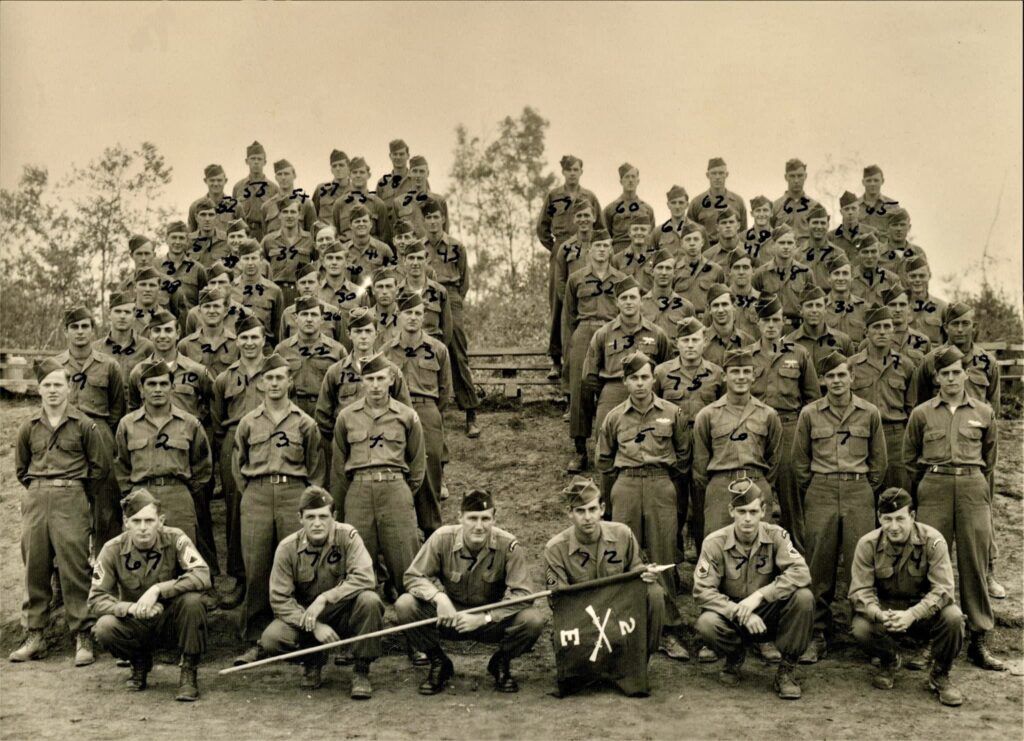
Lieutenant Colonel James Rudder led parts of both battalions. His famous order—“Rangers, lead the way!”—became the unit’s motto. The Rangers lost nearly half their men but got the job done, knocking out a serious threat to the invasion.
Vierville’s Ranger Memorial honors their role in D-Day’s success.
Force A and the Order of the Day
Force A was the code name for the first assault wave at Vierville. It included special units with demolition gear to clear obstacles. Strong currents pushed Force A east of their planned landing zones, opening up gaps in the assault.

Every soldier carried a copy of General Eisenhower’s “Order of the Day.” The message reminded them why their mission mattered:
“You are about to embark upon the Great Crusade… The eyes of the world are upon you. The hopes and prayers of liberty-loving people everywhere march with you.”
By mid-morning, Force A had carved out the first foothold in Vierville. Engineers worked to clear mines and obstacles while combat teams pushed inland. By evening, American forces held most of the town, though resistance continued.
If you visit the Vierville D-Day Museum, you’ll see artifacts like original copies of the Order of the Day.
Pointe du Hoc and Nearby Historic Sites
Pointe du Hoc stands out as one of the most dramatic D-Day battlefields, with its battered cliffs and bomb craters still visible. This 100-foot-high promontory overlooks the English Channel between Utah and Omaha beaches, making it a key spot during the invasion.
2nd Ranger Battalion at Pointe du Hoc
The 2nd Ranger Battalion pulled off one of D-Day’s gutsiest missions on June 6, 1944. Led by Colonel James Rudder, 225 Rangers scaled the sheer cliffs with ropes and ladders, all while taking heavy fire. Their goal: destroy big German artillery guns threatening both Utah and Omaha Beach.
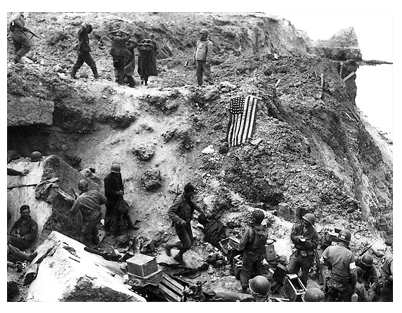
When the Rangers reached the top, they found the guns had been moved. They didn’t waste time—quickly located and disabled them about a mile inland. Out of the 225 who started, only 90 were still able to fight after two days of brutal combat.
Today, you can walk the preserved battlefield, see the bomb craters, and duck inside concrete bunkers. The visitor center lays out the whole story of the Rangers’ climb, and it’s honestly pretty moving.
Other D-Day Beaches and Memorial Locations
From Vierville-sur-Mer, it’s easy to reach all five D-Day landing beaches:
- Omaha Beach: Just east of Vierville-sur-Mer, the bloodiest fighting happened here
- Utah Beach: Further west, where American troops landed
- Gold Beach: British landing site to the east
- Juno Beach: Canadian forces came ashore here
- Sword Beach: Near Hermanville-sur-Mer, the easternmost landing site
The American Cemetery at Colleville-sur-Mer holds 9,388 graves and sits on a cliff above Omaha Beach. The visitor center does a good job giving context to the sacrifices made here.
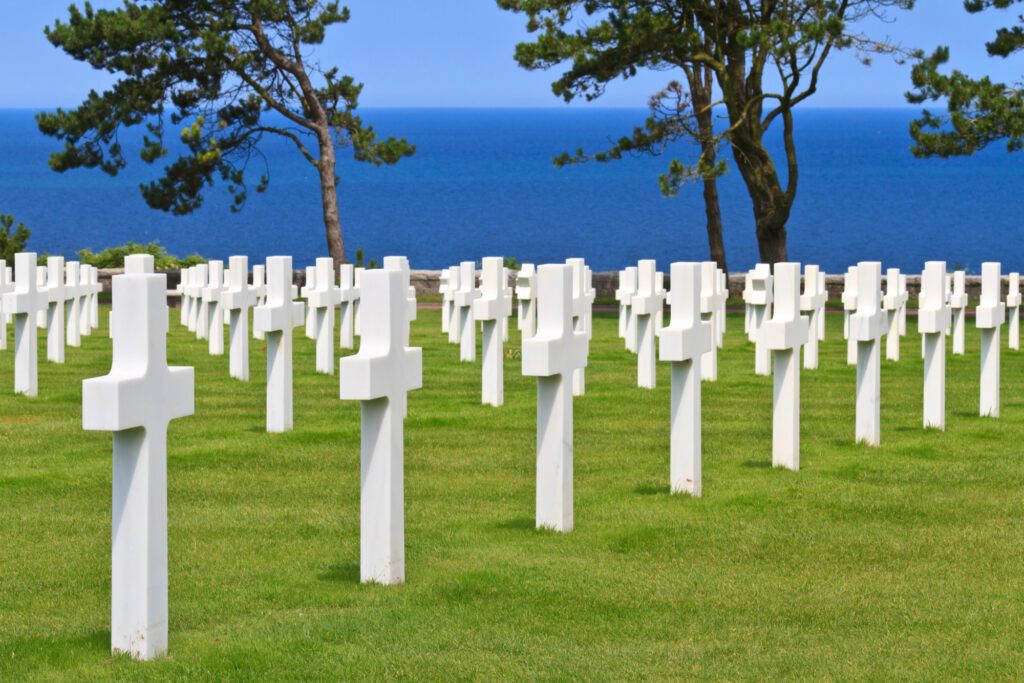
For a deeper dive, check out the Overlord Museum near Omaha Beach. They’ve got vehicles, weapons, and personal items from the battle—it’s a lot to take in.
Photographs and Media Coverage of D-Day
The visual record of D-Day really shapes how we picture this pivotal moment in history—whether through old photos or later films.
Robert Capa’s Iconic Images
Robert Capa, a Hungarian-American photographer, captured some of the most powerful images from Omaha Beach on June 6, 1944. He landed with the first wave and managed to snap 106 photos while dodging bullets and chaos.
Sadly, a darkroom mishap ruined most of his film—only 11 photos survived. Those blurry, grainy shots, known as “The Magnificent Eleven,” are now iconic.
The most famous one shows soldiers slogging through the surf toward the beach, perfectly capturing the confusion and terror of the landings. Capa’s work in the Vierville-sur-Mer sector gave the world its first real look at what those men faced.
You can find Capa’s photos at several memorial sites near Omaha Beach, including some temporary exhibitions in Vierville-sur-Mer.
Legacy in Film and Literature
D-Day has inspired tons of films and books that help people connect with the history of places like Vierville-sur-Mer.
“Saving Private Ryan” (1998) opens with a brutal recreation of the Omaha Beach landing. It’s hard to watch, but it gives you a sense of what happened here—some scenes look just like the ground you’ll walk on in Vierville-sur-Mer.
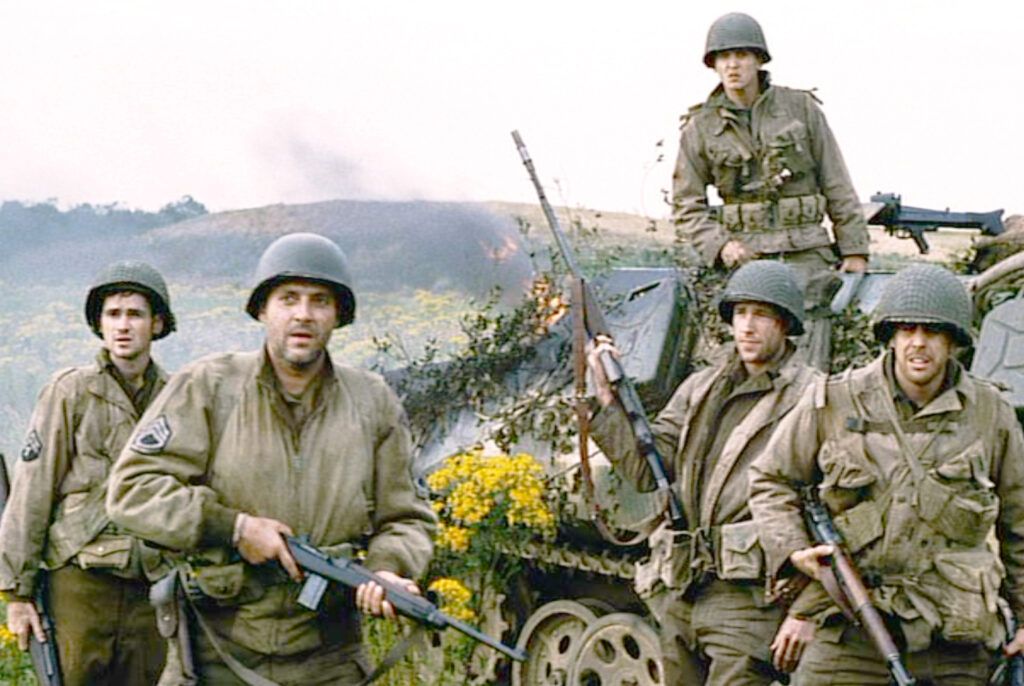
The HBO series “Band of Brothers” covers the Normandy campaign too, adding context to the sites you’ll visit. Lots of tour guides use movie clips during tours, which honestly makes things feel more real.
Recommended Band of Brothers Tours:
These days, visitors often bring books or movie stills to compare past and present views as they walk Vierville’s beaches. During anniversary ceremonies, it’s common to see historic photos superimposed on today’s landscape.
Present Day Vierville-sur-Mer: Visitor Experience
Today, Vierville-sur-Mer offers a blend of solemn history and peaceful coastal charm. The small Norman town welcomes visitors with plenty of ways to connect to its World War II story while still enjoying the natural beauty of Normandy’s coastline.
Stay steps from Omaha Beach and historic landmarks. Best rates on local accommodations.
Guided D-Day Tours and Museums
You can dive into Vierville-sur-Mer’s D-Day history with specialized tours that bring June 6, 1944 to life. Local guides run immersive trips in authentic WW2 Jeeps along Omaha Beach and the surrounding area. Tours range from a couple of hours to almost a full day, so you can pick what suits your curiosity and schedule.
Several companies offer both private and group options. Many guides have a real passion for the details—some even share stories you won’t find in textbooks.

At the western end of Omaha Beach, small museums display artifacts, photos, and firsthand accounts from D-Day. These collections help you understand why Vierville-sur-Mer mattered so much during the invasion.
Recommended D-Day Tours:
- American D-Day Sites in Normandy Full-Day Tour
- American D-Day Sites in Normandy Half-Day Tour
- Half-Day Normandy WWII Sidecar Tour
- Full-Day US Battlefields of Normandy Tour
Memorials, Cemeteries, and Monuments
Vierville-sur-Mer features several important memorials honoring D-Day. At the western end of Omaha Beach, you’ll see a cluster of monuments dedicated to those who fought and died here.
The main memorial stands with others, creating a quiet spot for reflection. Each tells part of the American story at this stretch of coast.
A short drive from town brings you to the American Cemetery at Colleville-sur-Mer, where rows of white crosses and Stars of David honor the fallen. It’s a sobering place—it really drives home the cost of liberation.
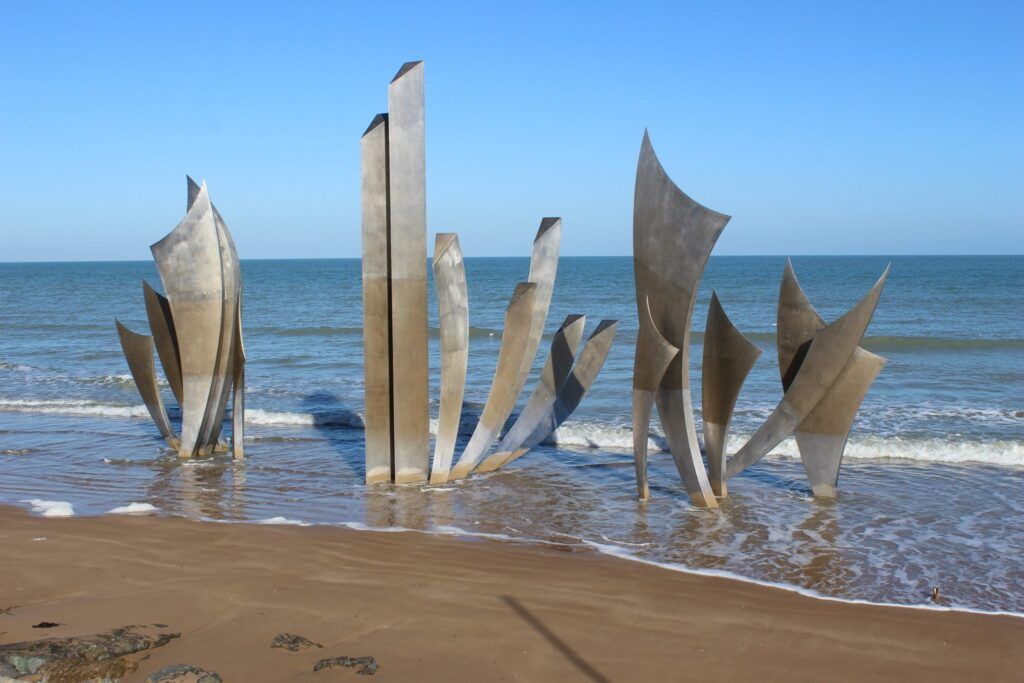
Walking paths along the bluffs give you sweeping views of the landing beaches. Info panels help you picture what unfolded below as soldiers scrambled up these same cliffs under fire.
Annual Commemorative Events
Vierville-sur-Mer holds special ceremonies every June 6th to mark the D-Day anniversary. Veterans (though fewer each year), their families, military reps, and visitors from all over the world show up for these events.
The commemorations usually include wreath-laying, military bands, and historical reenactments. Locals get involved too, keeping the connection between the town and its liberators alive.
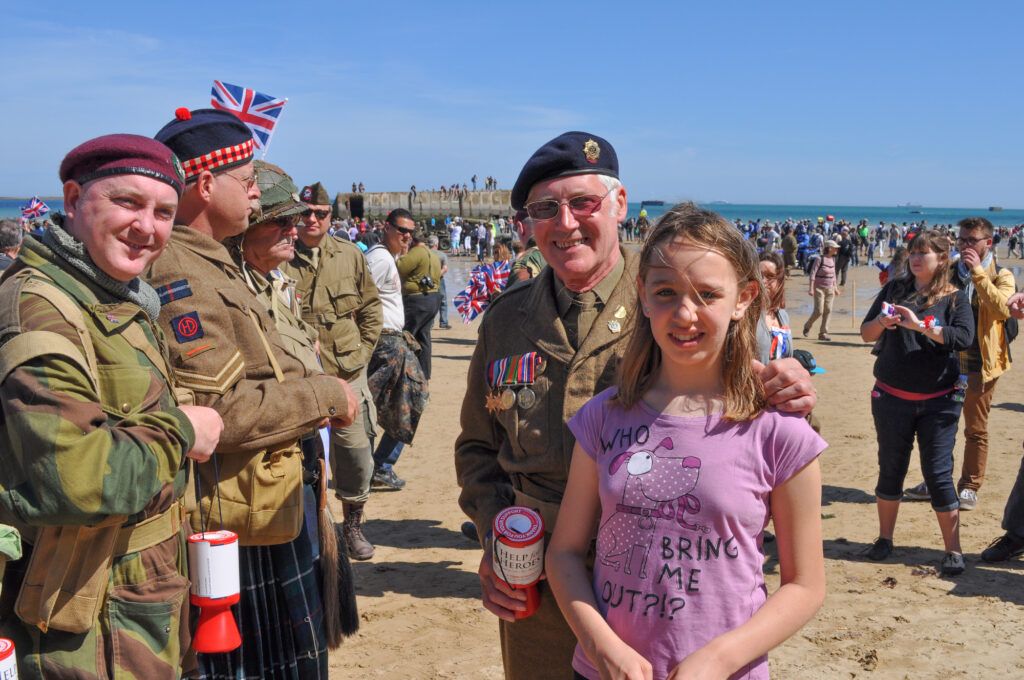
Early June brings parades of vintage military vehicles through town. Lots of people dress up in period uniforms, which gives everything a living history vibe.
If you’re thinking of visiting during the anniversary, book your place to stay well ahead of time. The town fills up fast, and many folks come back year after year for the remembrance activities.
See all available accommodations near Vierville-sur-Mer.
Travel Tips and Practical Information
If you’re planning a trip to Vierville-sur-Mer, a little prep goes a long way at this historic D-Day location. Here’s what you need to know about getting there, where to stay, and what to expect locally.
Getting to Vierville-sur-Mer
Vierville-sur-Mer sits along the Normandy coast, about 25 miles (40 km) from Caen and roughly 150 miles (240 km) from Paris. Honestly, driving’s the easiest way to get there—it lets you poke around the nearby D-Day sites without much hassle.
Coming from Paris? Just hop on the A13 toward Caen, then switch to the N13 for Bayeux, and finally take the D6 out to the coast. It’s about a 3-4 hour drive, though traffic can be unpredictable.
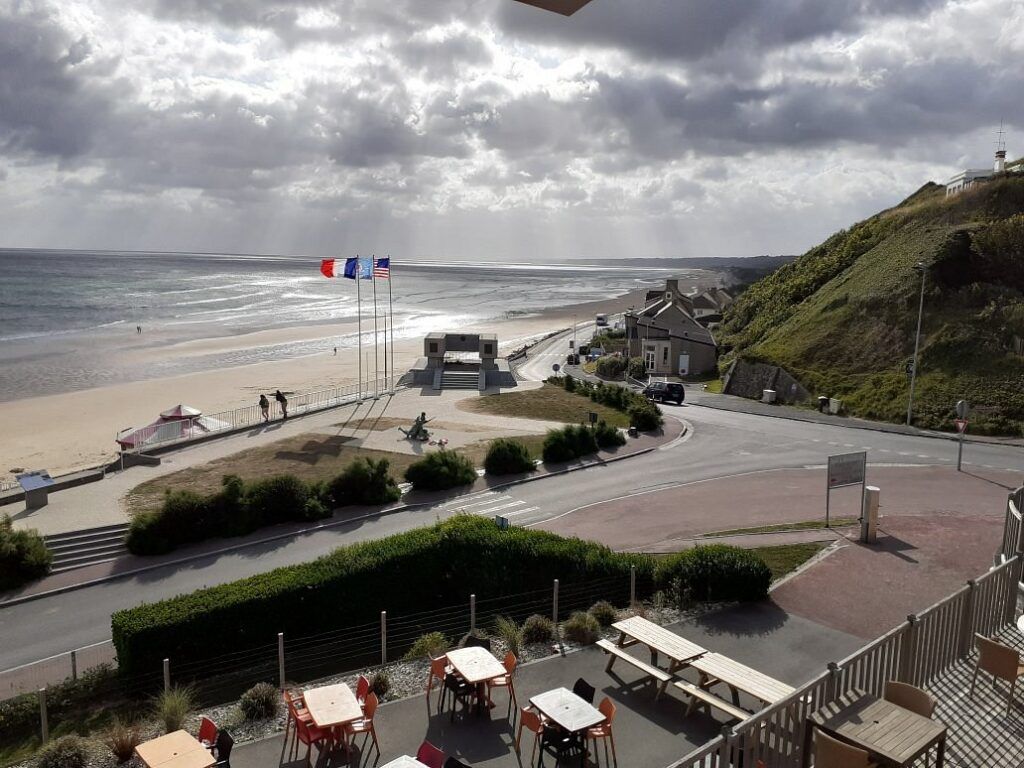
Public transport isn’t great. There’s a train from Paris to Bayeux (around 2 hours), but after that, you’ll need to grab a taxi or a local bus for the last 10 miles (16 km). In summer (June-August), a few tour companies run shuttle services, but don’t count on them running year-round.
Renting a car really makes life easier, since the D-Day sites are scattered all over Normandy.
See all available accommodations near Vierville-sur-Mer.
Find the perfect base for exploring Utah Beach, Pointe du Hoc, and beyond.
Where to Stay and Eat
Vierville-sur-Mer doesn’t have tons of places to stay, but what’s there is pretty cozy. You’ll find a few small hotels, B&Bs, and vacation rentals, usually somewhere between €70-150 per night, depending on the season.
If you’re aiming for the D-Day anniversary in early June, book 3-6 months ahead. Places fill up fast—sometimes ridiculously fast.
See all available accommodations near Vierville-sur-Mer.
When it comes to food, check out the local spots for Norman specialties:
- La Sapinière (classic Norman fare—think creamy sauces and seafood)
- Le Café de la Plage (super casual, right by the water)
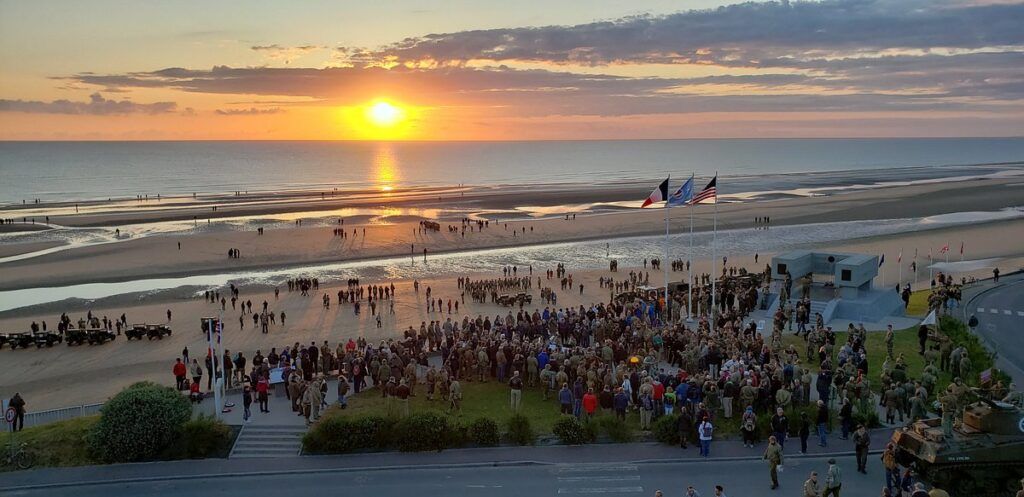
Heads up: many restaurants close between lunch and dinner (2:30-7:00 PM), so timing matters. Most menus feature fresh seafood and local apple goodies like cider and calvados. Worth trying, if you ask me.
Local Customs and Visitor Etiquette
Visiting Vierville-sur-Mer’s war memorials and beaches calls for a respectful attitude. These places mean a lot to veterans, families, and honestly, anyone who stops to think about the history here.
You can take photos at most sites, but it’s best to stay quiet and considerate—especially if there’s a ceremony or someone nearby is having a moment.
Most locals know a bit of English, though trying out a few French words goes a long way. Even just a “Bonjour” or “Merci” can make people smile.
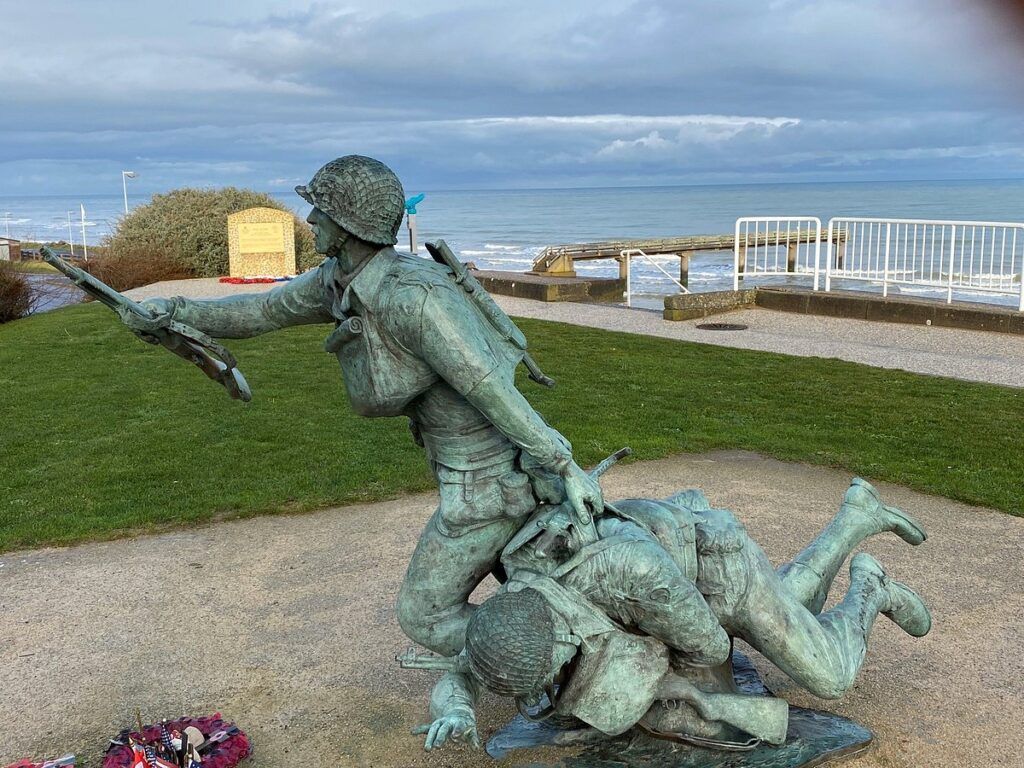
Shops and attractions usually close for lunch around noon to 2 PM. Don’t be surprised if some places are shut on Sundays or Mondays—it’s just how things roll here.
Tipping isn’t really required in restaurants, but if you had good service, rounding up or leaving an extra 5-10% feels right.
Normandy weather? It’s anyone’s guess. Even in summer, the coast can surprise you, so bring layers and some rain gear just in case.
See all available accommodations near Vierville-sur-Mer.
Find comfortable stays within moments of historic battlegrounds

